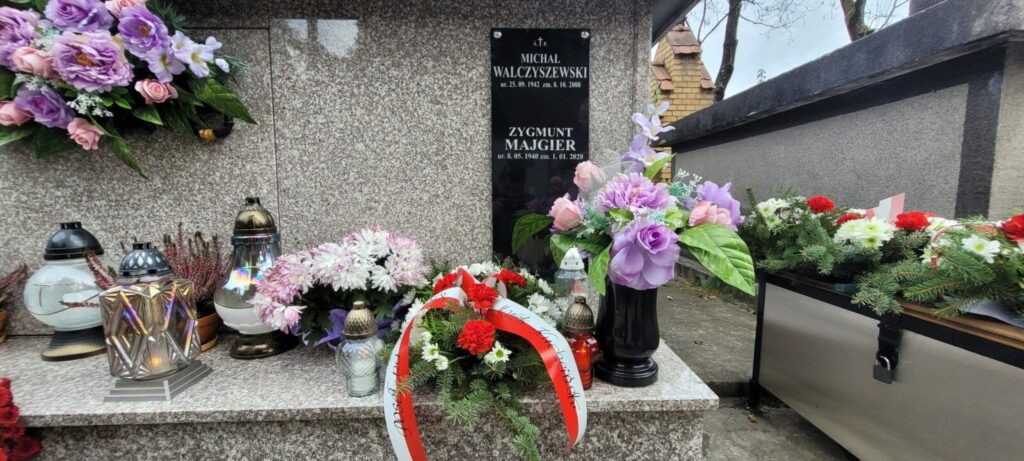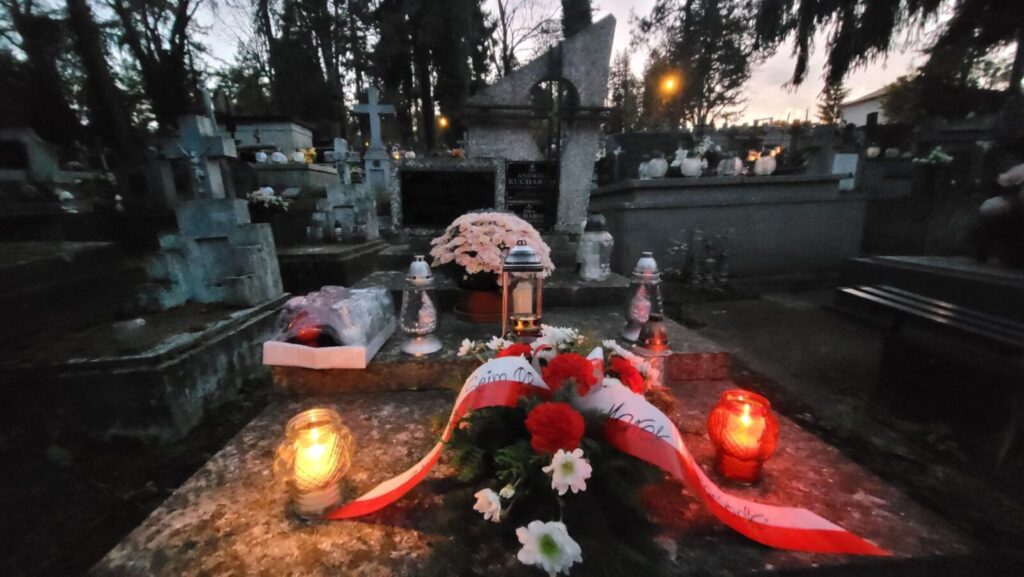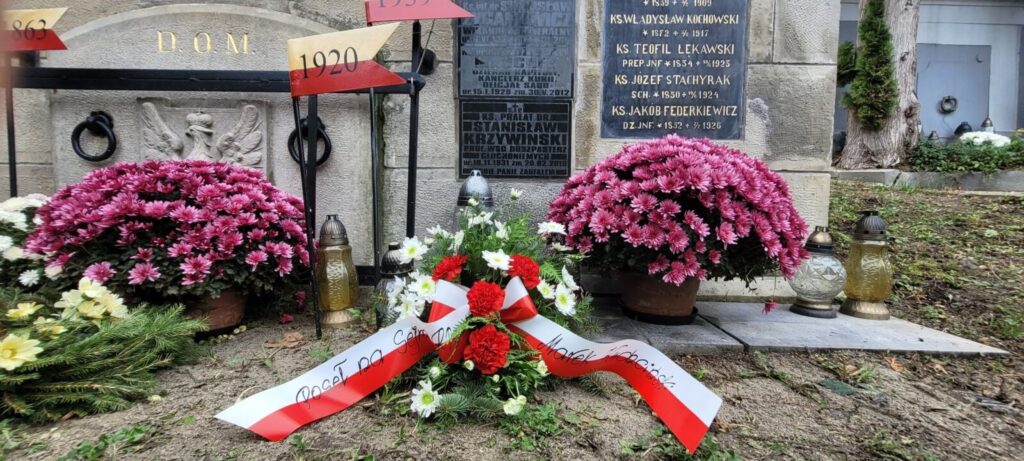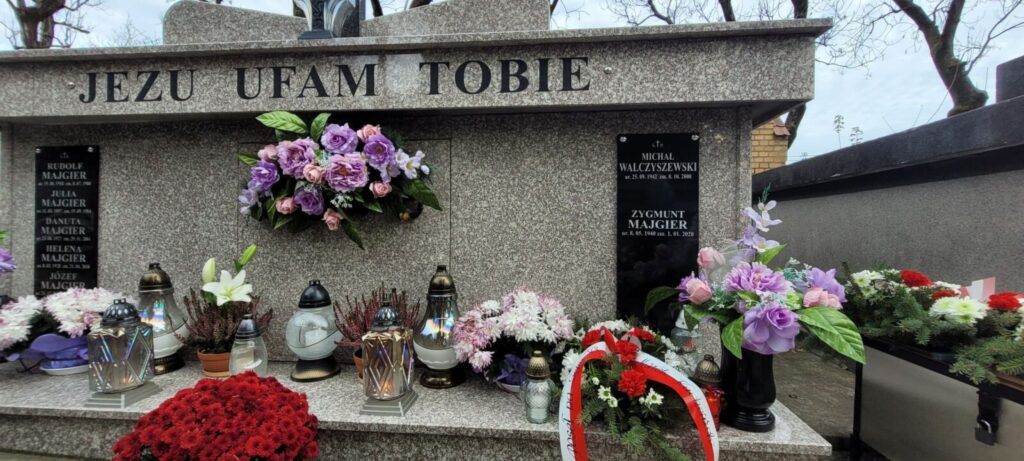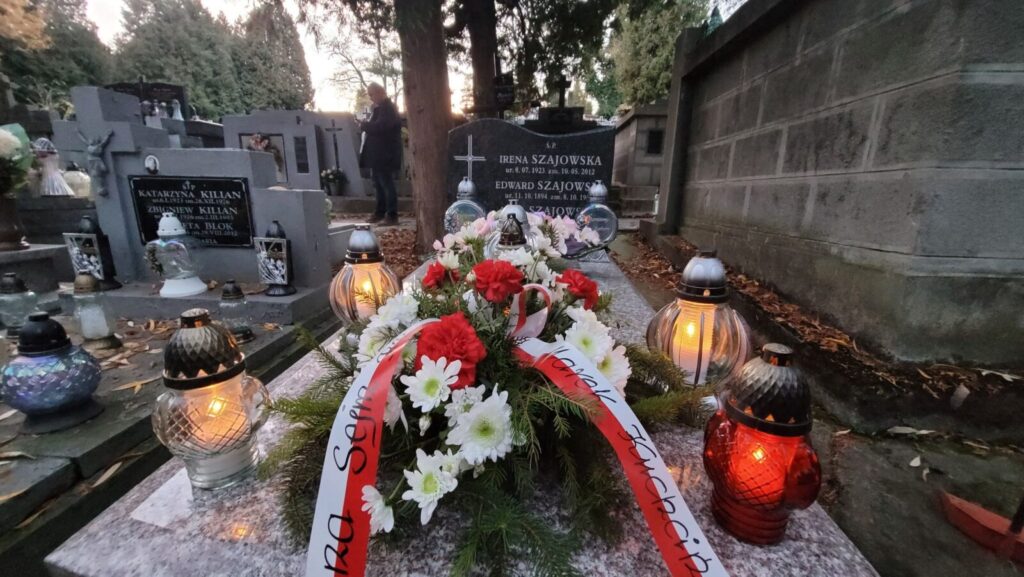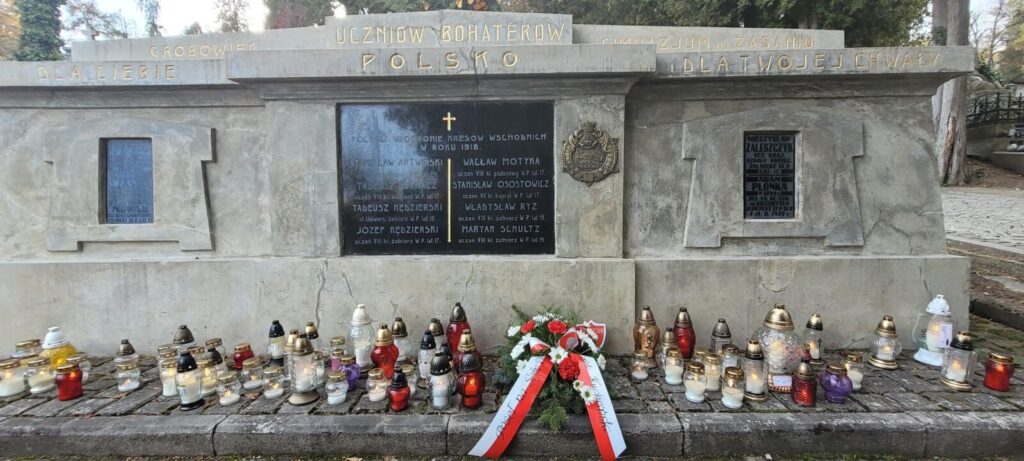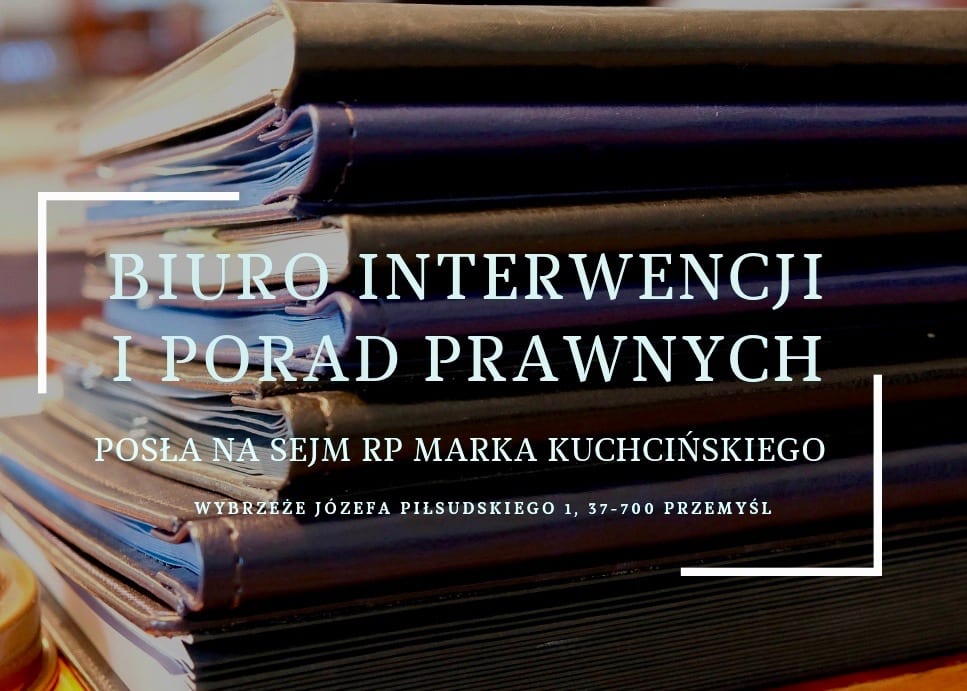Someone once said that if you want to know the history of the city and its citizens, you have to go to the cemetery. It is like an open book, from which you can read a lot.
Soldiers of two wars, soldiers of the Austro-Hungarian army, legionaries who died fighting for Przemysl, borderlanders murdered by the OUN-UPA, victims of the NKVD, soldiers of the Home Army, the Przemysl Eaglets, the Enclaved Soldiers and many others rest in the cemeteries of Przemysl.
One cannot understand a city without immersing oneself in its history. Subcarpathian necropolises, like the one in Yaroslavl, are among the oldest in Europe. They spin a tale of ancient history, cemetery paths lead us between atmospheric monuments carved in the workshops of masters, lead us into the world, or perhaps the afterworld of soldiers, insurgents, thinkers, artists and ordinary residents of the region, each of whom, after all, had their own interesting fate. It would be unfeasible to remind you of all of them. So we would like to draw your attention to a few graves:
Photo: Piotr Michalski
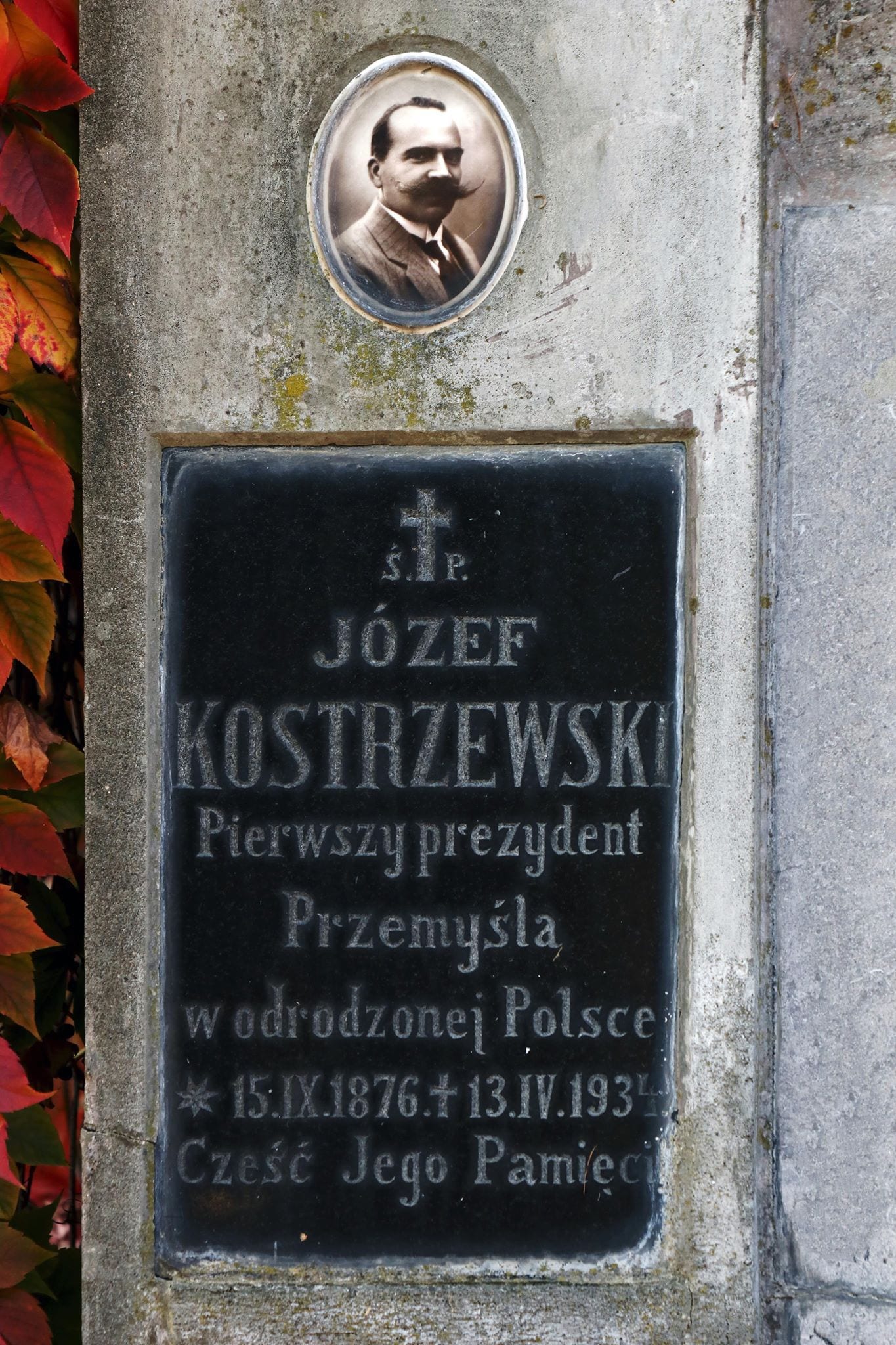 First president of Przemysl buried at the main cemetery
First president of Przemysl buried at the main cemetery On the Zasan cemetery attention is drawn to a huge 28-meter cross made of fragments of the spans of a destroyed bridge.
On the Zasan cemetery attention is drawn to a huge 28-meter cross made of fragments of the spans of a destroyed bridge.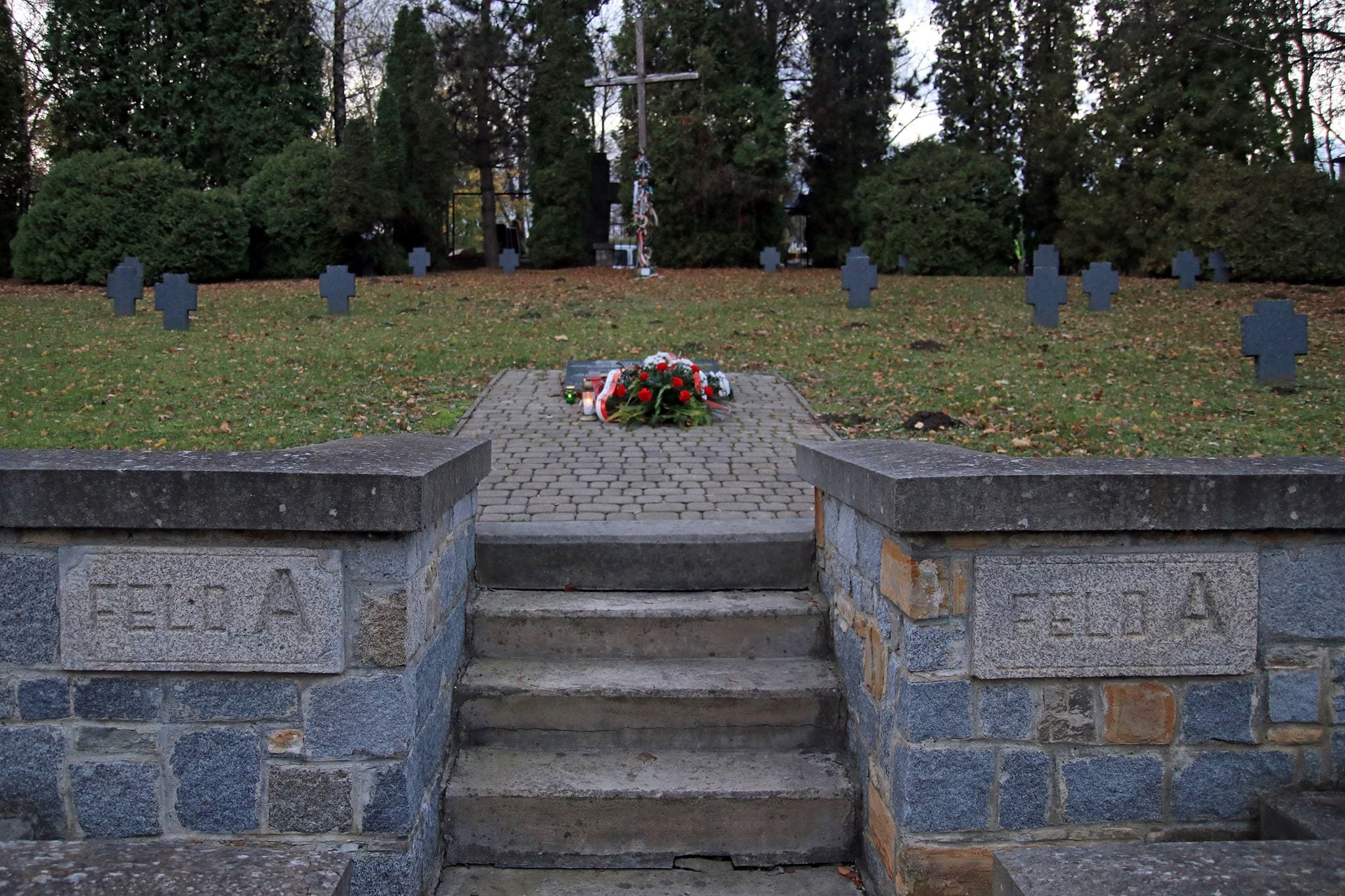 The Cemetery of Austro-Hungarian Soldiers (1914-1918) is a complex of four cemeteries from World War I. They are connected with the role of the Przemyśl Fortress during the Great War. Their creation is connected with the role that the Przemyśl Fortress played during the Great War. Thousands of soldiers killed during the bloody, three-fold siege of the Przemyśl Fortress in the years 1914-1915 found their final resting place here. (White and red ribbon on the flowers: Marek Kuchciński, Speaker of the Polish Parliament).
The Cemetery of Austro-Hungarian Soldiers (1914-1918) is a complex of four cemeteries from World War I. They are connected with the role of the Przemyśl Fortress during the Great War. Their creation is connected with the role that the Przemyśl Fortress played during the Great War. Thousands of soldiers killed during the bloody, three-fold siege of the Przemyśl Fortress in the years 1914-1915 found their final resting place here. (White and red ribbon on the flowers: Marek Kuchciński, Speaker of the Polish Parliament).
 Monument commemorating the soldiers of the Home Army - the underground armed forces of the Polish Underground State during World War II, operating on the territory of the Republic of Poland occupied by Germany and the USSR.
Monument commemorating the soldiers of the Home Army - the underground armed forces of the Polish Underground State during World War II, operating on the territory of the Republic of Poland occupied by Germany and the USSR.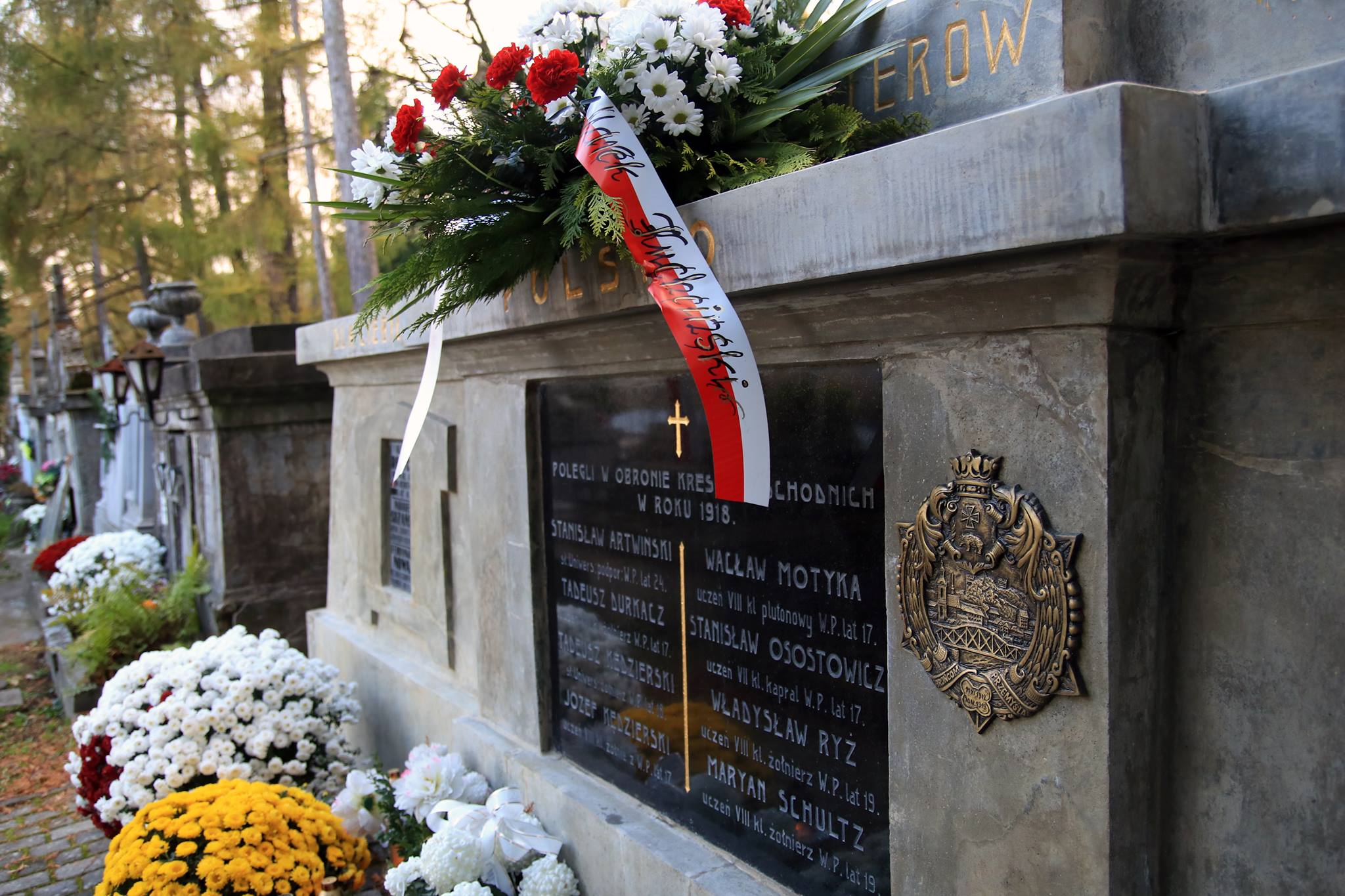 Tomb of the Defenders of Przemysl
Tomb of the Defenders of Przemysl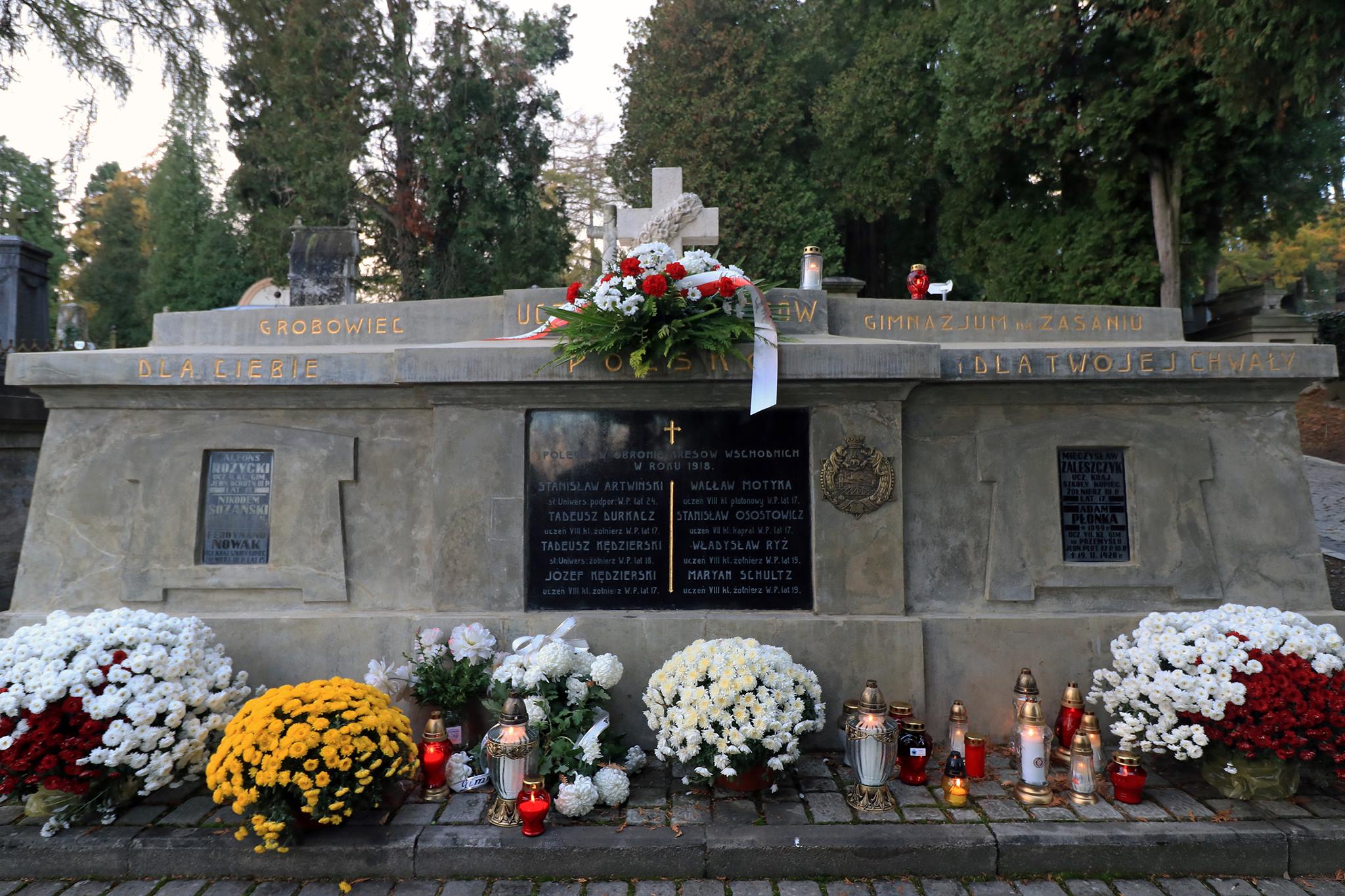
 Star of Przemysl was a badge awarded to participants of fights for the conquest of Przemysl which took place from November 1918 to May 1919. In November 1919. The Military and Civic Committee worked out the Statute of the Badge of Honour for the defenders of Przemyśl under the name "The Star of Przemyśl". The project of the badge was made by Prof. Jankowski and Engineer Kazimierz Osinski. The stamp was made by Wiktor Wlosinski, an artist, and the badges were minted in E. Unger's company in Lvov. Unger company in Lviv.
Star of Przemysl was a badge awarded to participants of fights for the conquest of Przemysl which took place from November 1918 to May 1919. In November 1919. The Military and Civic Committee worked out the Statute of the Badge of Honour for the defenders of Przemyśl under the name "The Star of Przemyśl". The project of the badge was made by Prof. Jankowski and Engineer Kazimierz Osinski. The stamp was made by Wiktor Wlosinski, an artist, and the badges were minted in E. Unger's company in Lvov. Unger company in Lviv.
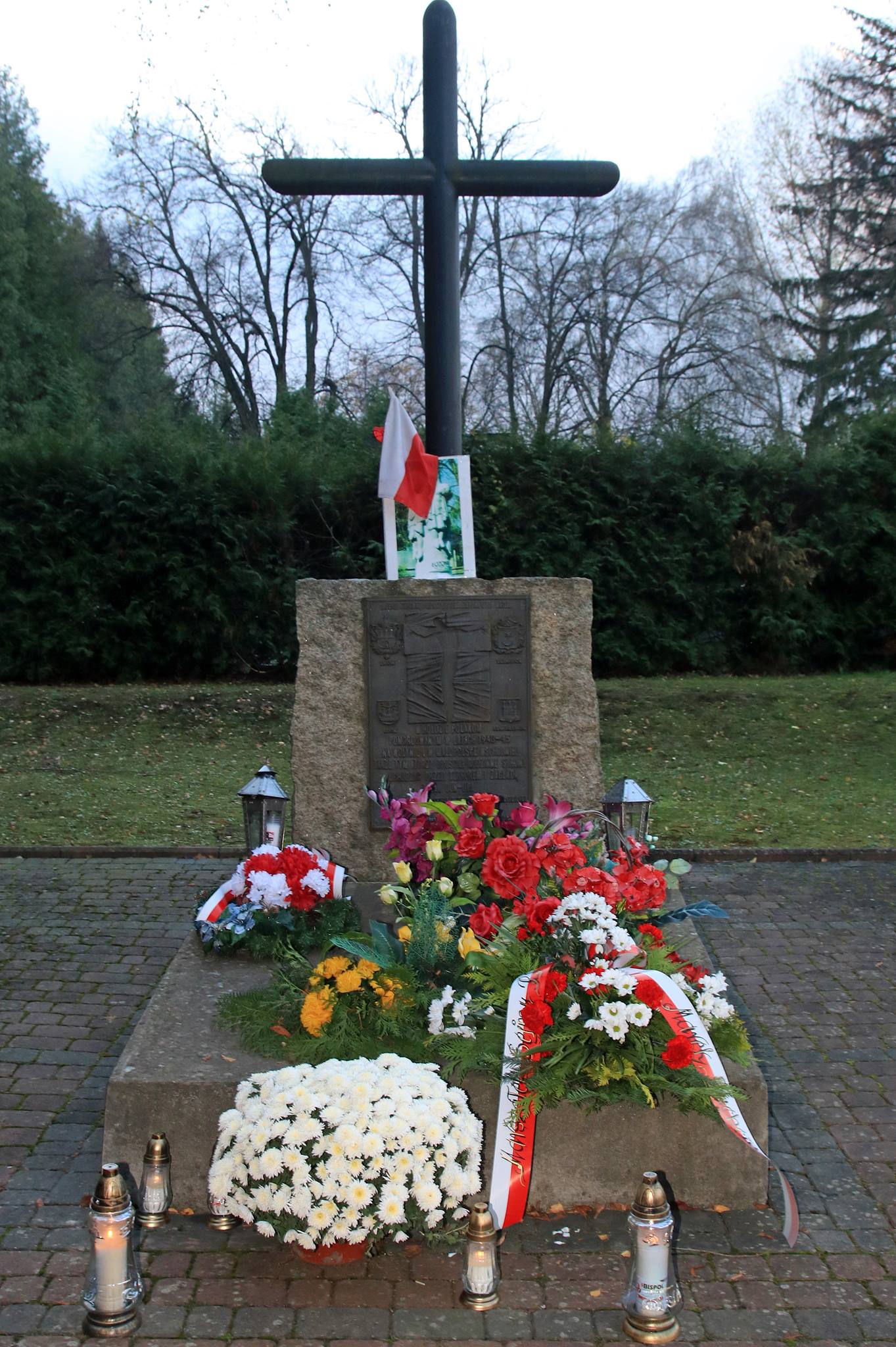 Monument commemorating the Poles from the Eastern Borderlands murdered by OUN-UPA. The inscription on the monument reads: ...If I forget about them, You, God... forget about me... In memory of Poles murdered in 1943-1945 in Volhynia and Eastern Lesser Poland, including those who left their homeland to escape terror and extermination at the hands of OUN-UPA on the 60th anniversary of this great tragedy - Compatriots, Przemyśl, July 2003.
Monument commemorating the Poles from the Eastern Borderlands murdered by OUN-UPA. The inscription on the monument reads: ...If I forget about them, You, God... forget about me... In memory of Poles murdered in 1943-1945 in Volhynia and Eastern Lesser Poland, including those who left their homeland to escape terror and extermination at the hands of OUN-UPA on the 60th anniversary of this great tragedy - Compatriots, Przemyśl, July 2003.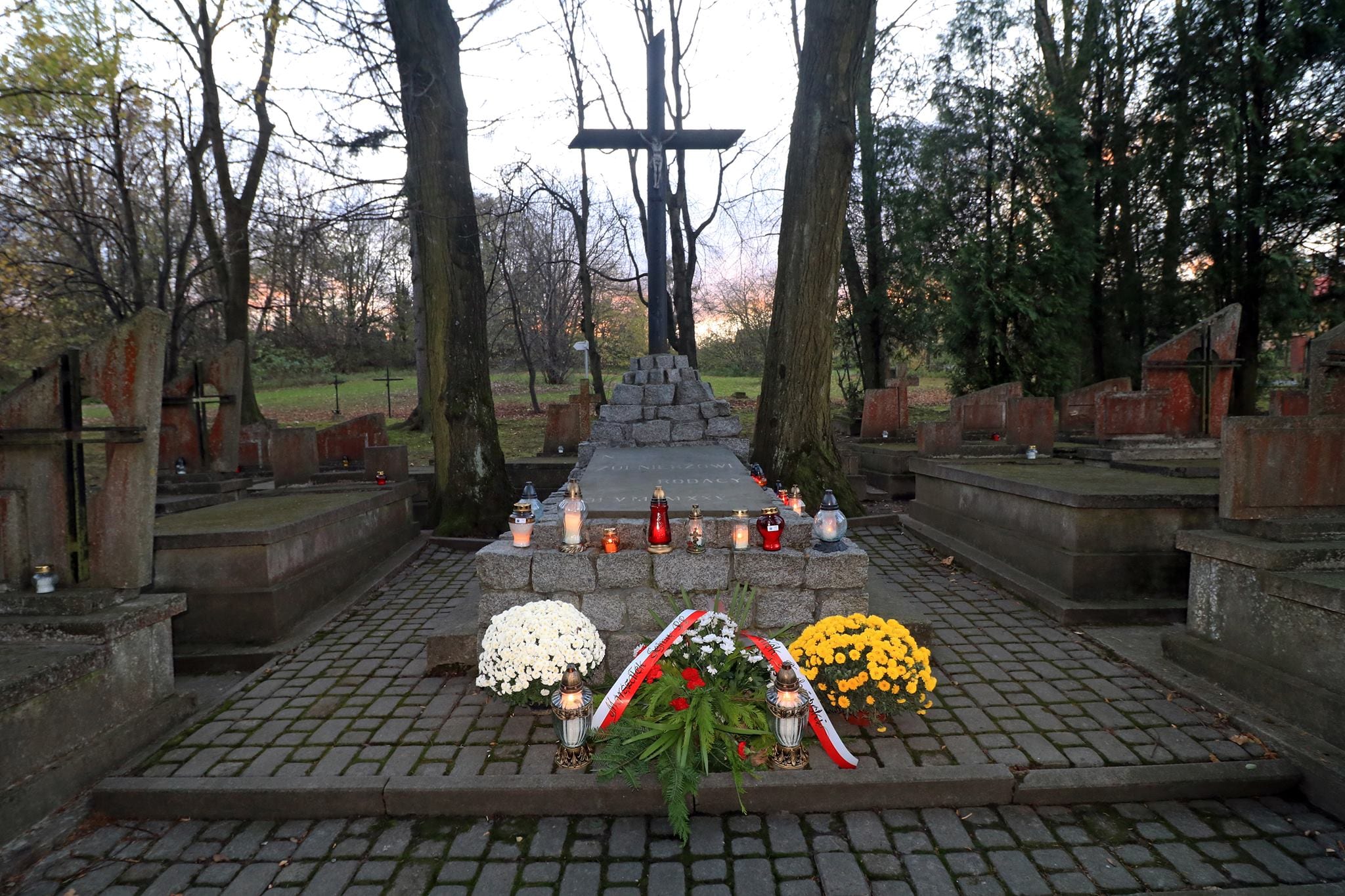 Tomb of the Unknown Soldier. It contains the nameless remains of a soldier killed in 1918 on the outskirts of Przemyśl during the battle of Nizankowice. The inscription on the grave reads: To the Unknown Soldier - Compatriots 31 V MCMXXV.
Tomb of the Unknown Soldier. It contains the nameless remains of a soldier killed in 1918 on the outskirts of Przemyśl during the battle of Nizankowice. The inscription on the grave reads: To the Unknown Soldier - Compatriots 31 V MCMXXV.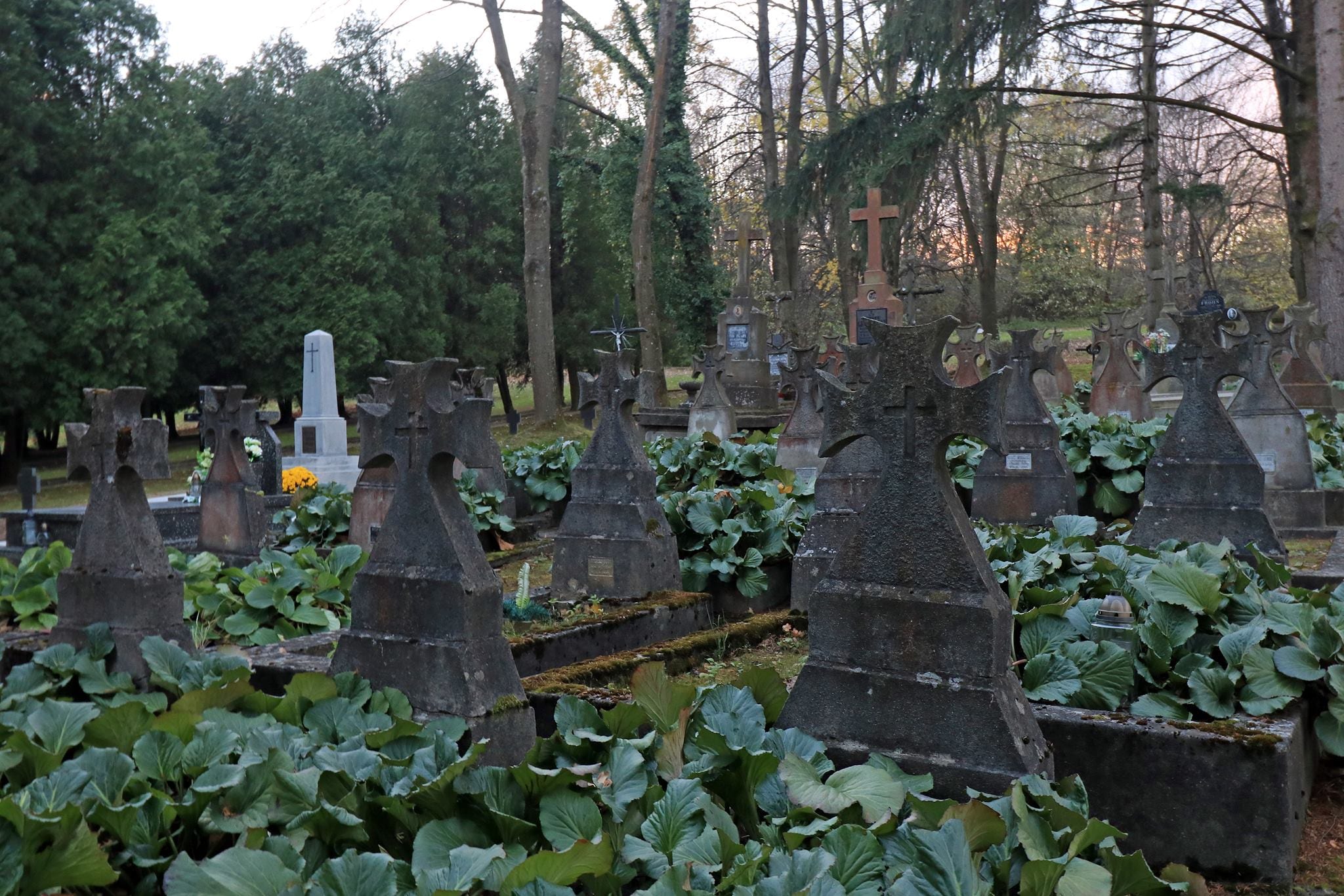 Obelisk dedicated to fallen Polish Legionarieswhich was moved to the Military Cemetery from the Main Cemetery.
Obelisk dedicated to fallen Polish Legionarieswhich was moved to the Military Cemetery from the Main Cemetery.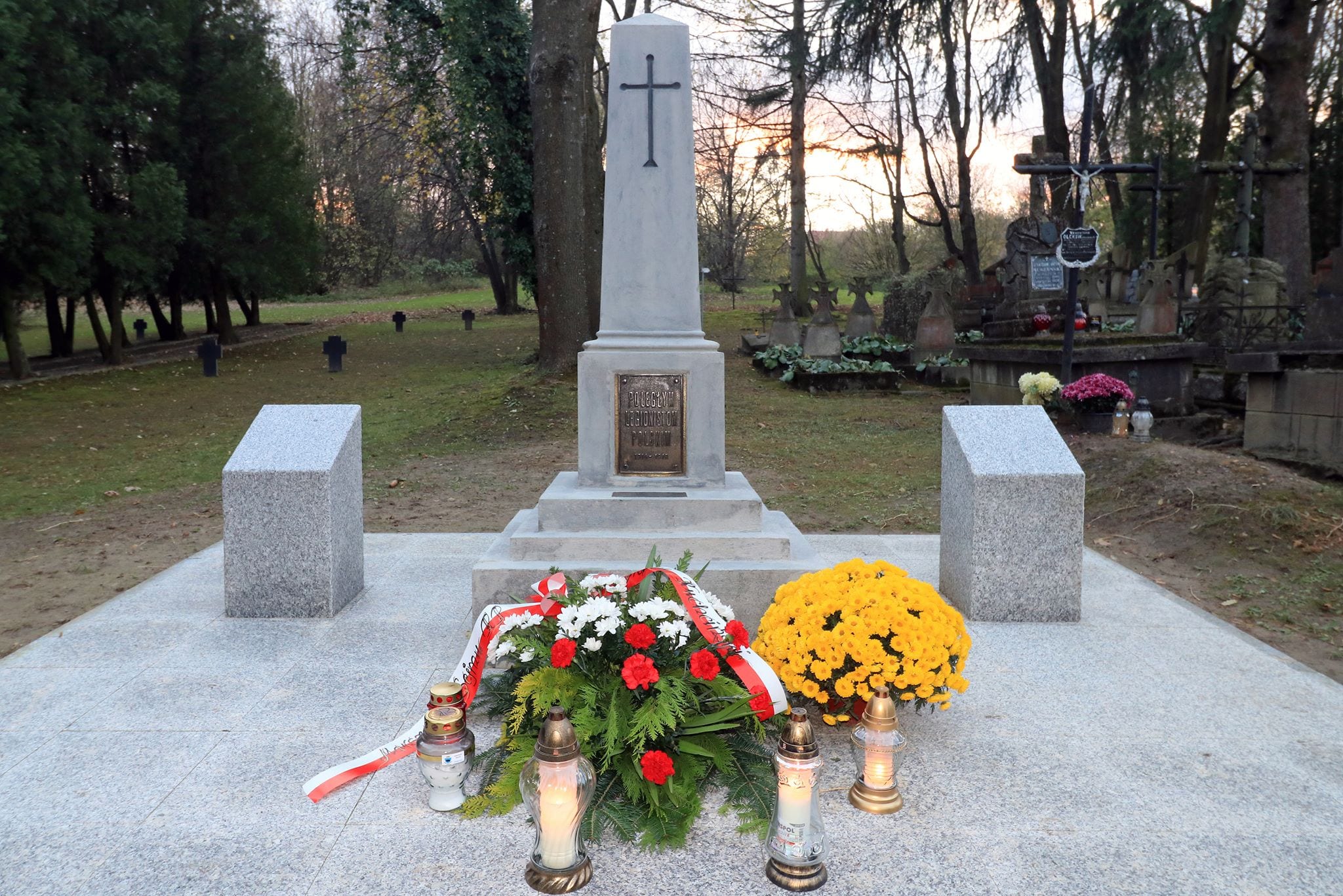 The inscription on it reads: To the Fallen Polish Legionaries 1914-1918 on the 70th Anniversary of Regaining Polish Independence, thanks to the efforts of the Society of Friends of the City and Region this commemorative obelisk was saved from destruction, renovated and placed in a new place.
The inscription on it reads: To the Fallen Polish Legionaries 1914-1918 on the 70th Anniversary of Regaining Polish Independence, thanks to the efforts of the Society of Friends of the City and Region this commemorative obelisk was saved from destruction, renovated and placed in a new place. The tomb of the Wnorowski family. Alicja Wnorowska "Ewa", Irena Szajowska "Hanka", and Maria Grzegorczyk worked for the Przemyśl Intelligence Brigades. By mid-1946, they were handing over plans of operational activities, lists and photographs of clerks, lists of people wanted by appointment letters and those wanted for underground activity, excerpts from protocols of interrogation of the arrested, personal data and tasks of the agents, lists of prisoners, as well as reporting documents and the scheme of functioning of the WUBP. Wnorowska was sentenced to death, which was changed to life imprisonment due to her advanced pregnancy. Grzegorczyk was sentenced to life imprisonment. Szajowska received a 15-year prison sentence.
The tomb of the Wnorowski family. Alicja Wnorowska "Ewa", Irena Szajowska "Hanka", and Maria Grzegorczyk worked for the Przemyśl Intelligence Brigades. By mid-1946, they were handing over plans of operational activities, lists and photographs of clerks, lists of people wanted by appointment letters and those wanted for underground activity, excerpts from protocols of interrogation of the arrested, personal data and tasks of the agents, lists of prisoners, as well as reporting documents and the scheme of functioning of the WUBP. Wnorowska was sentenced to death, which was changed to life imprisonment due to her advanced pregnancy. Grzegorczyk was sentenced to life imprisonment. Szajowska received a 15-year prison sentence.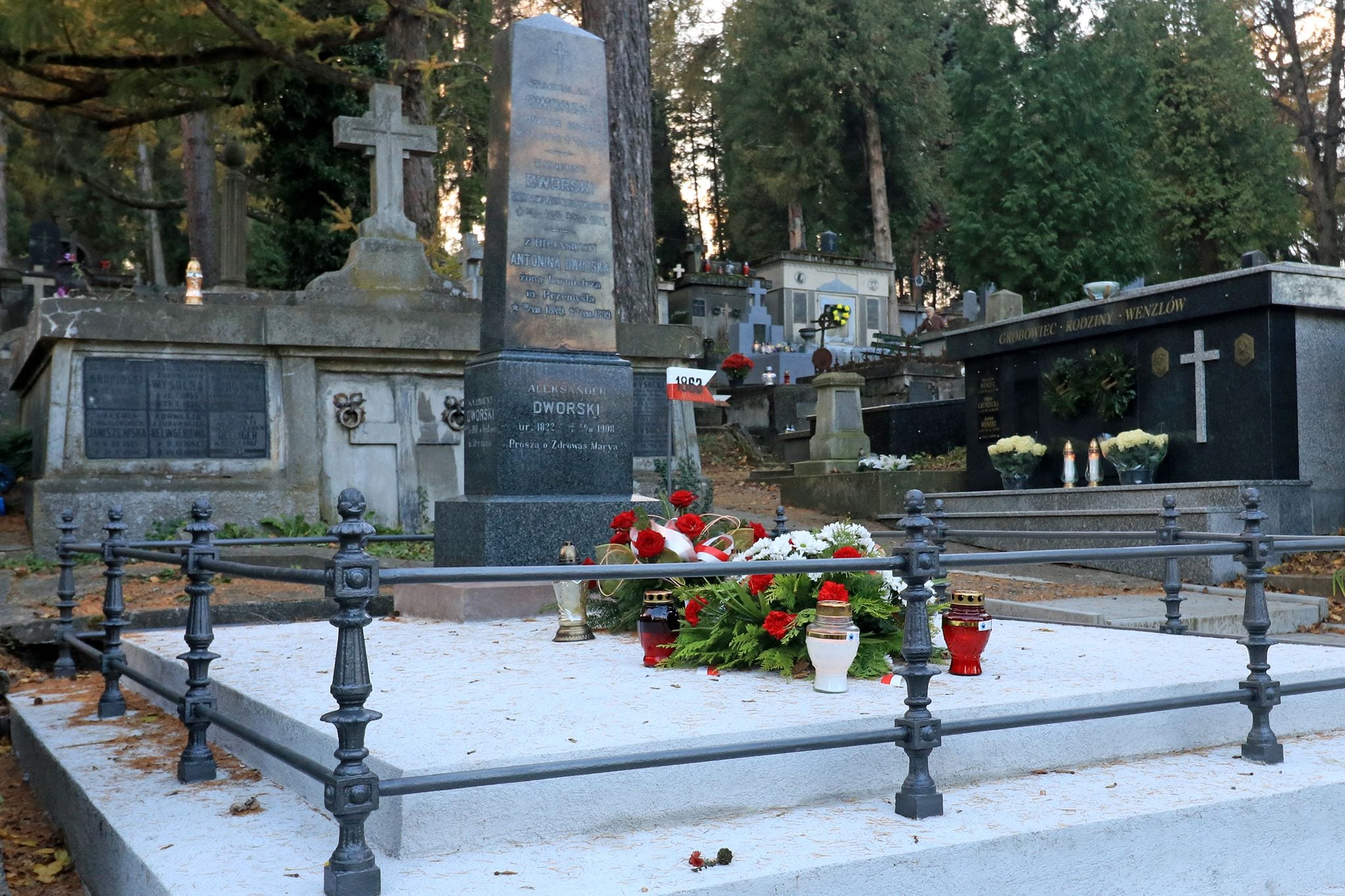
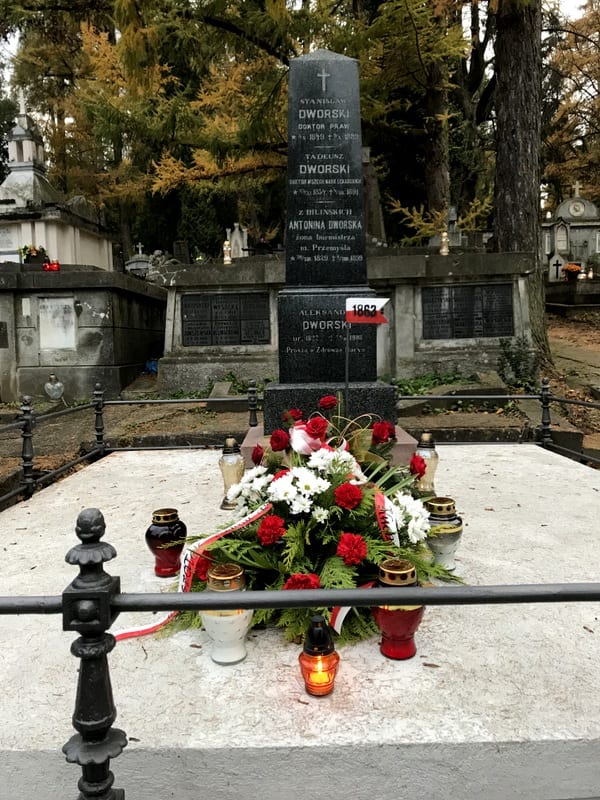
Here he rests Alexander DworskiHe was a Polish social activist, advocate, deputy to the State Council and the Galicia Regional Sejm (Parliament), and mayor of Przemyśl for many years. He established the Communal Savings Bank, and on his initiative, the Association of Galician Towns was founded. During his time in office, Przemyśl's schools were expanded, waterworks were introduced, the city was electrified, a Brother Albert shelter for the homeless was built, as well as a "House of shelter and work for the elderly". He was the chairman of the hospital committee, at the initiative of which the general hospital was built. He was awarded the Commandery of the Order of St. Gregory by Pope Leo XIII and the Order of Francis Joseph.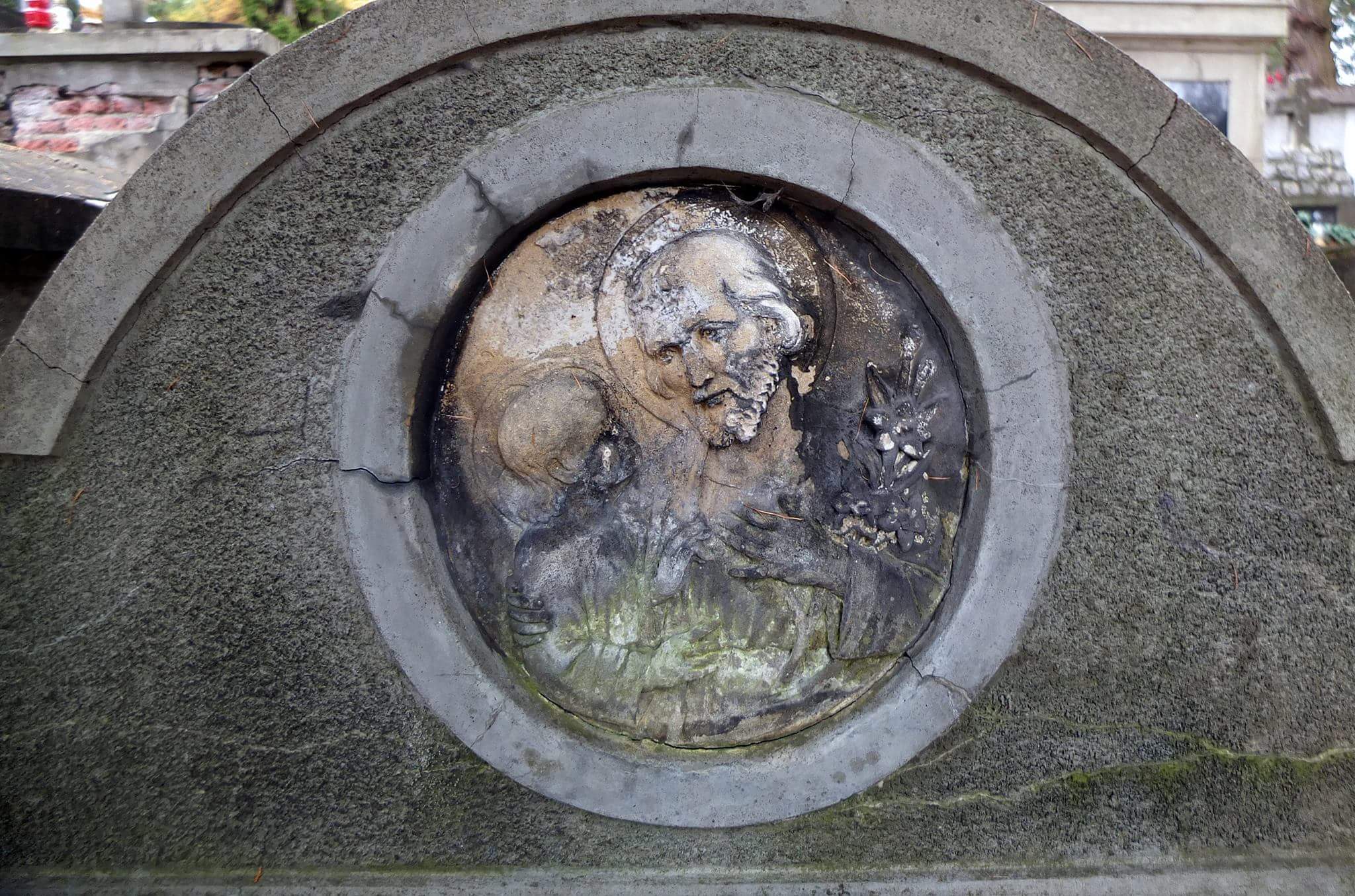 Bas-relief of St. Joseph crowning the tomb of the Lanikiewicz family, in which Józef Lanikiewicz, participant of the uprising of 1863, starost of Przemyśl in 1897-1910 and government commissioner (in the position of mayor) from January 28, 1914 to November 5, 19134, is buried.
Bas-relief of St. Joseph crowning the tomb of the Lanikiewicz family, in which Józef Lanikiewicz, participant of the uprising of 1863, starost of Przemyśl in 1897-1910 and government commissioner (in the position of mayor) from January 28, 1914 to November 5, 19134, is buried.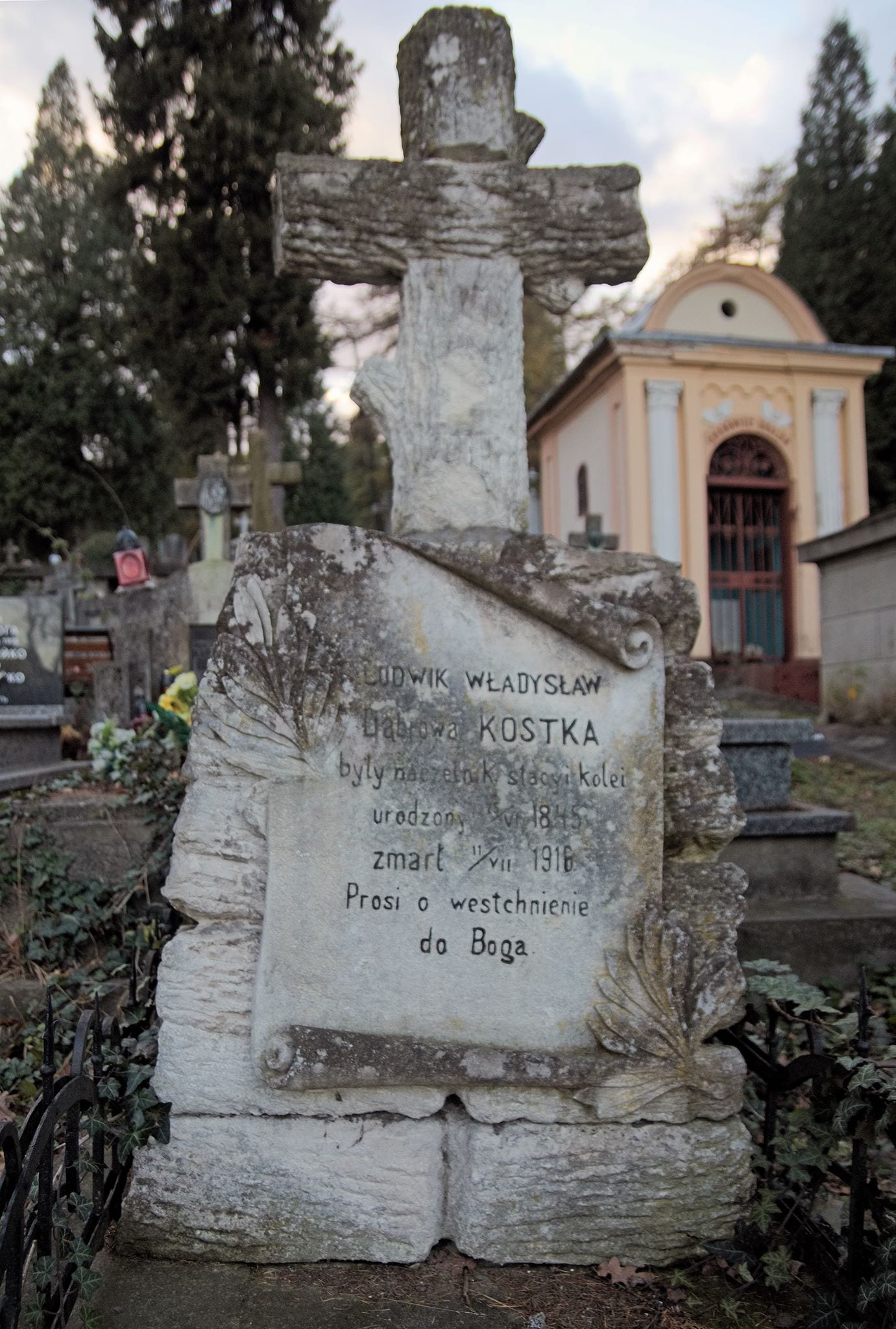
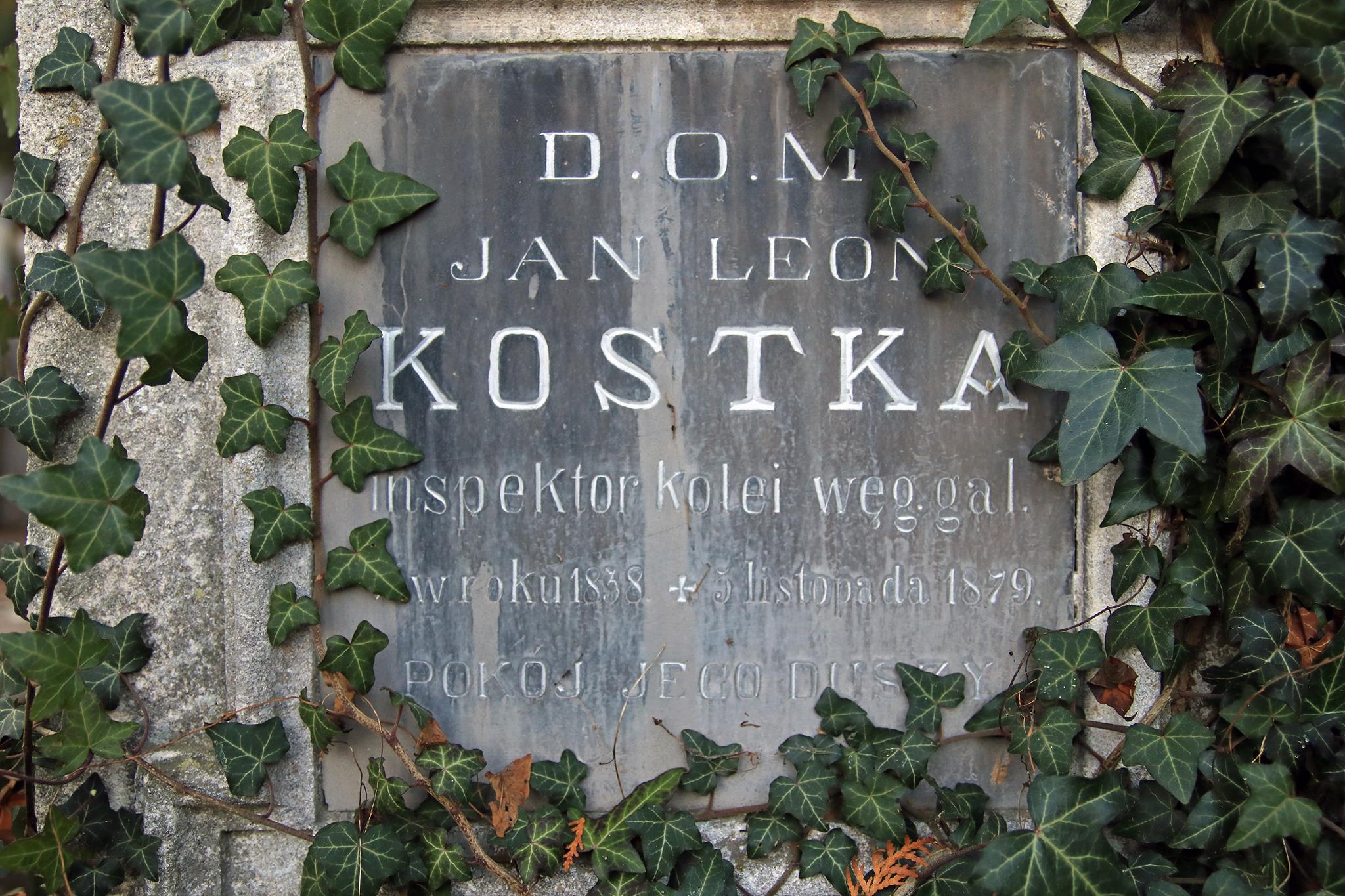 Railroad workers associated with the Hungarian-Galician railroad.
Railroad workers associated with the Hungarian-Galician railroad.
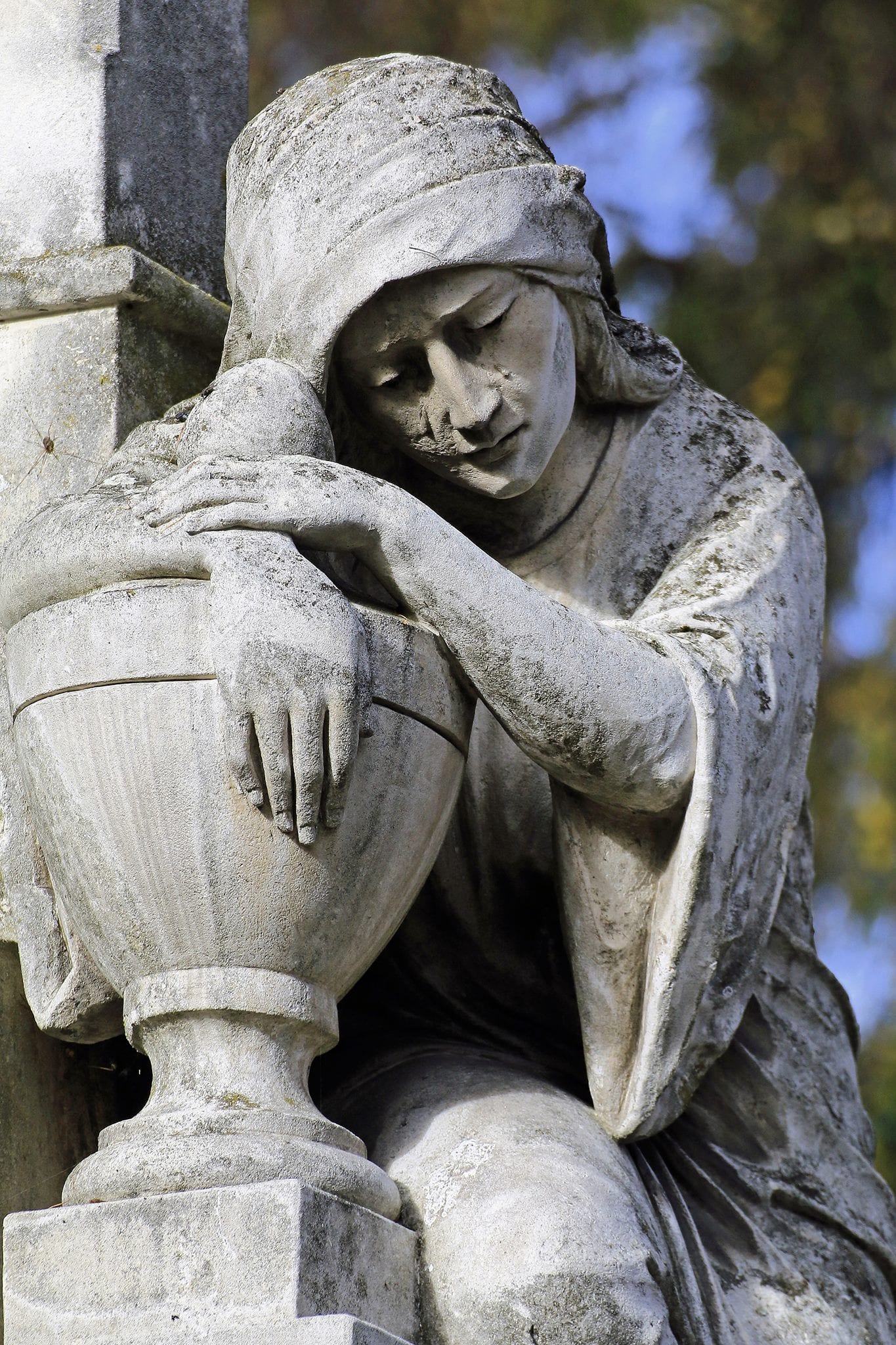
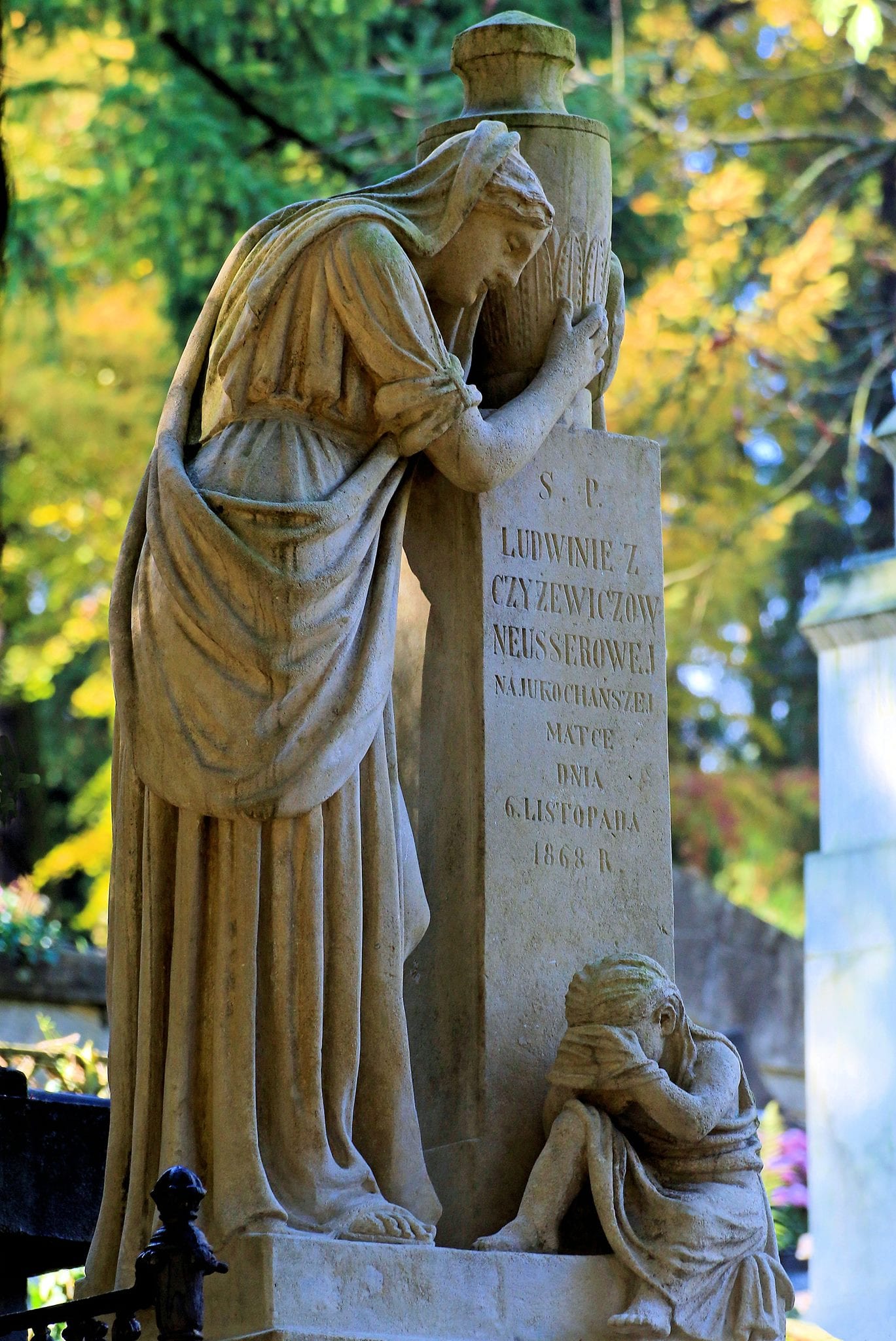
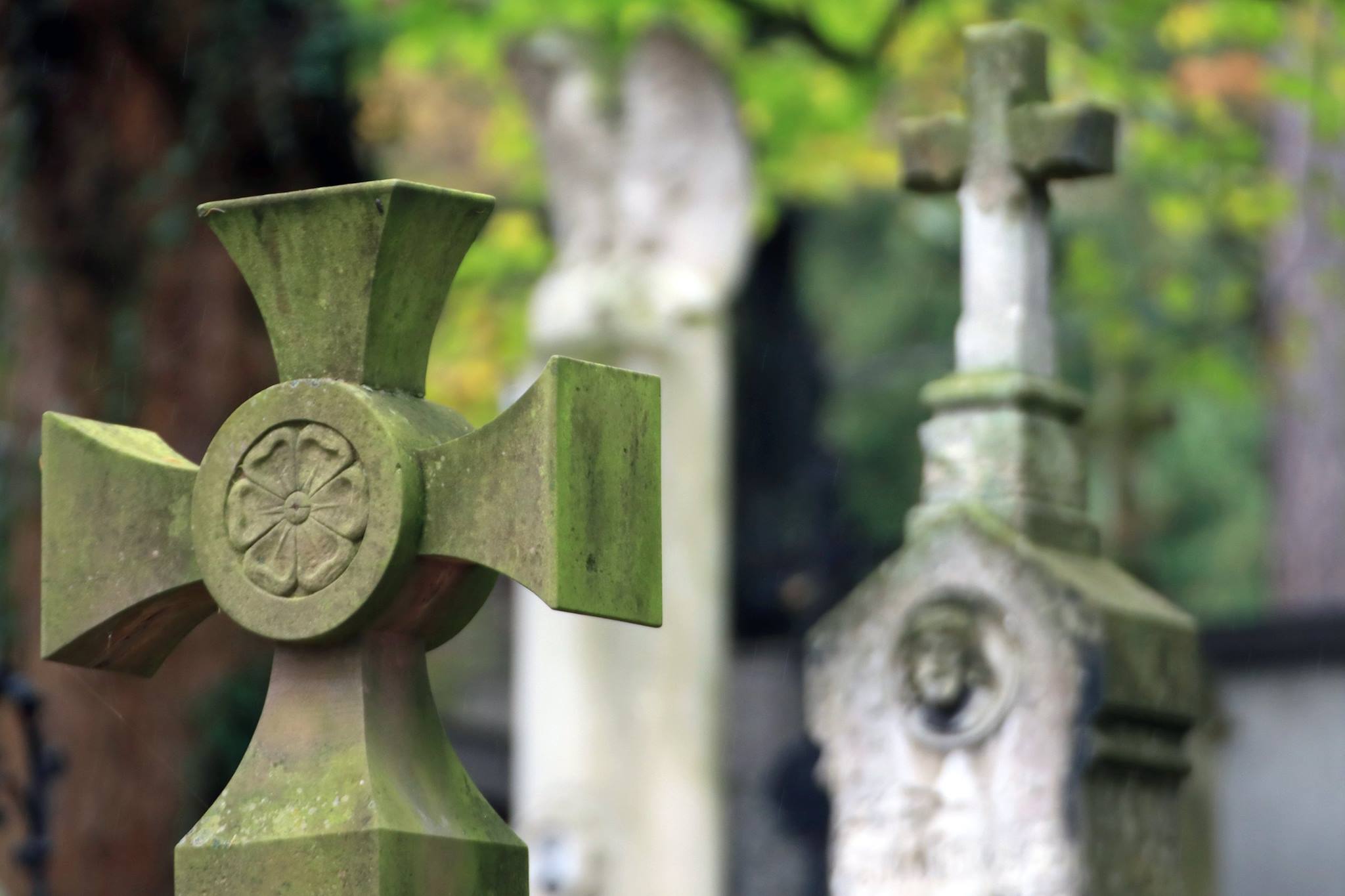
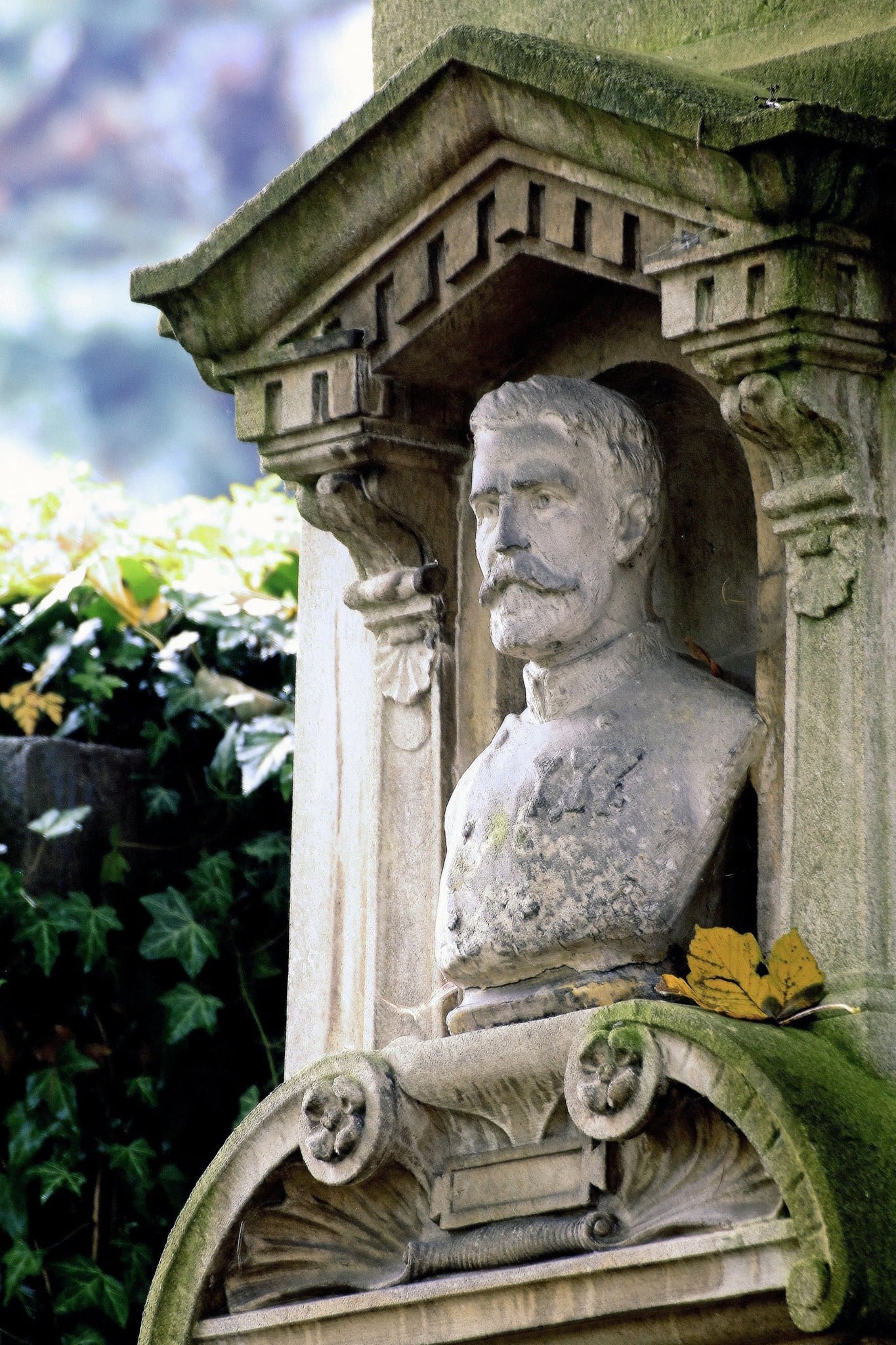 Tombstone of general Maciej Maruniak. At the age of 18 he joined the Austrian army as a volunteer and was assigned to the 10th Infantry Regiment in Przemysl. In 1849, he received the first officer's rank. After 27 years of service in the 10th Infantry Regiment, he was transferred to the National Defense in 1872. In 1874, he passed the exam for staff officer, was promoted to major and became commander of the 59th Battalion of National Defense in Przemysl.
Tombstone of general Maciej Maruniak. At the age of 18 he joined the Austrian army as a volunteer and was assigned to the 10th Infantry Regiment in Przemysl. In 1849, he received the first officer's rank. After 27 years of service in the 10th Infantry Regiment, he was transferred to the National Defense in 1872. In 1874, he passed the exam for staff officer, was promoted to major and became commander of the 59th Battalion of National Defense in Przemysl. 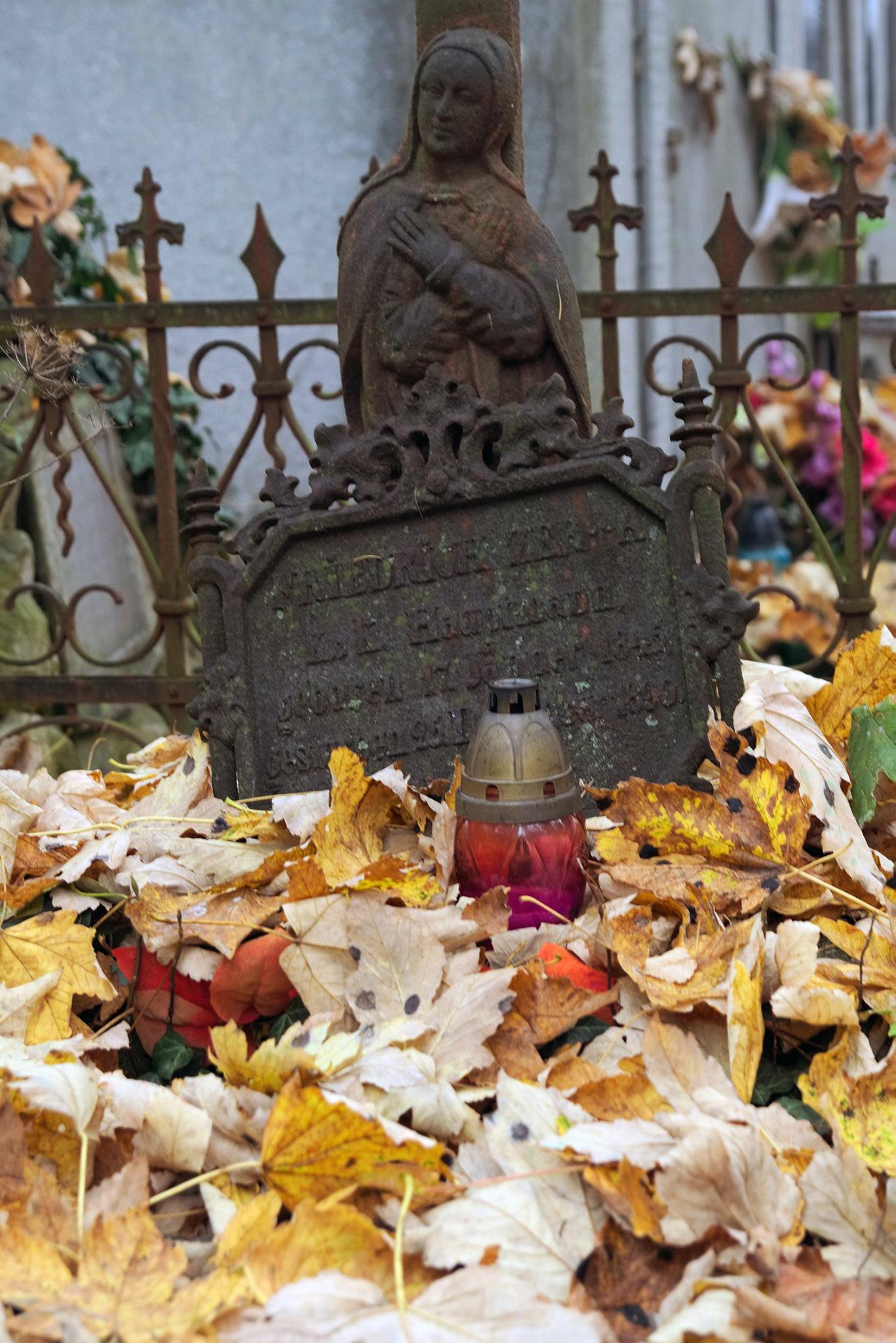
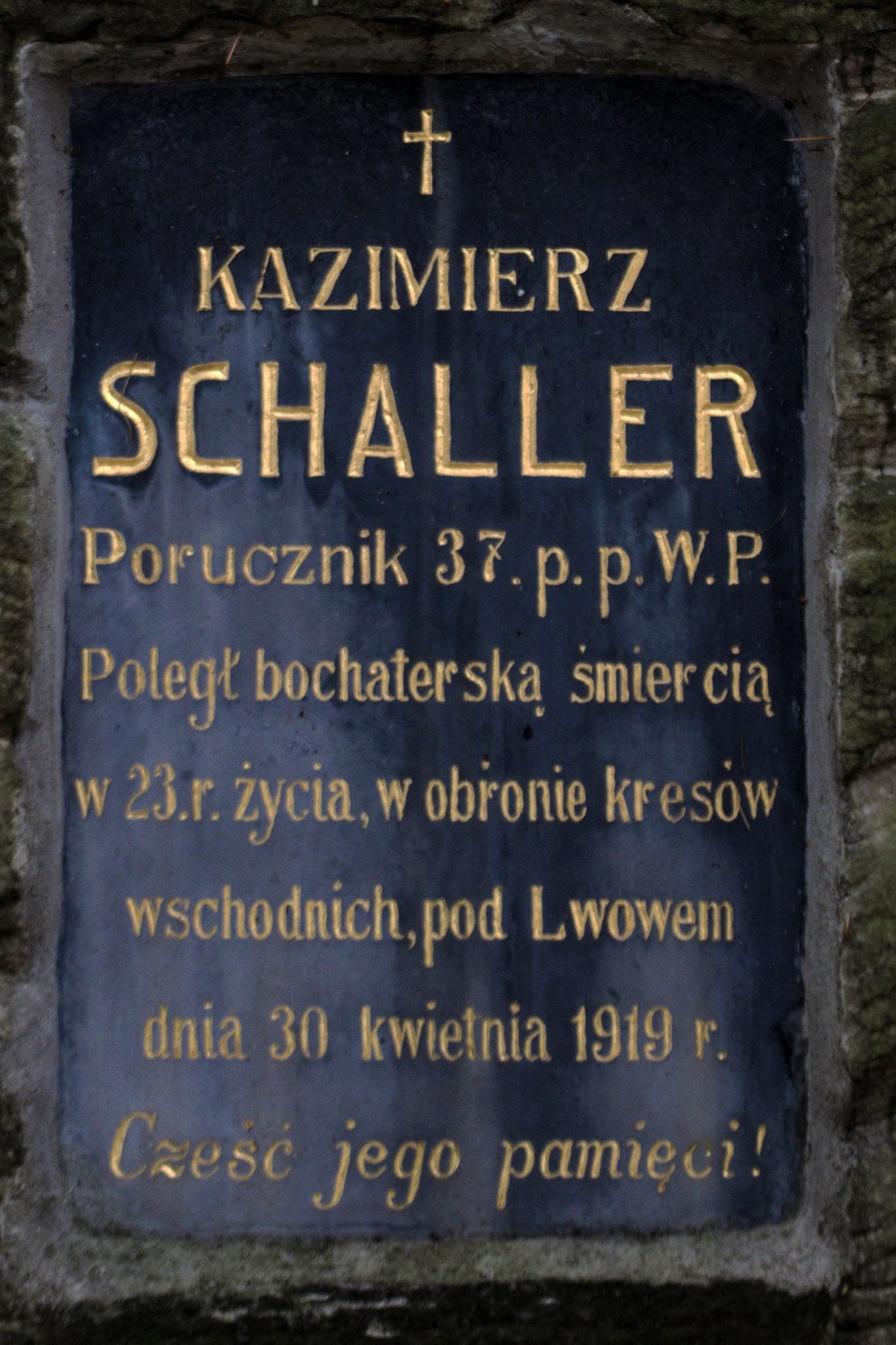 Grave of Kazimierz Schaller, 23 year old lieutenant of the 37th Infantry Regiment, who died a heroic death in the defense of the Eastern Borderlands near Lviv on April 30, 1919. On April 30, 1919 in the village of Glinna his unit was surrounded and Schaller himself was killed in battle. He was decorated with the Virtuti Militari Order and the "Star of Przemysl".
Grave of Kazimierz Schaller, 23 year old lieutenant of the 37th Infantry Regiment, who died a heroic death in the defense of the Eastern Borderlands near Lviv on April 30, 1919. On April 30, 1919 in the village of Glinna his unit was surrounded and Schaller himself was killed in battle. He was decorated with the Virtuti Militari Order and the "Star of Przemysl". 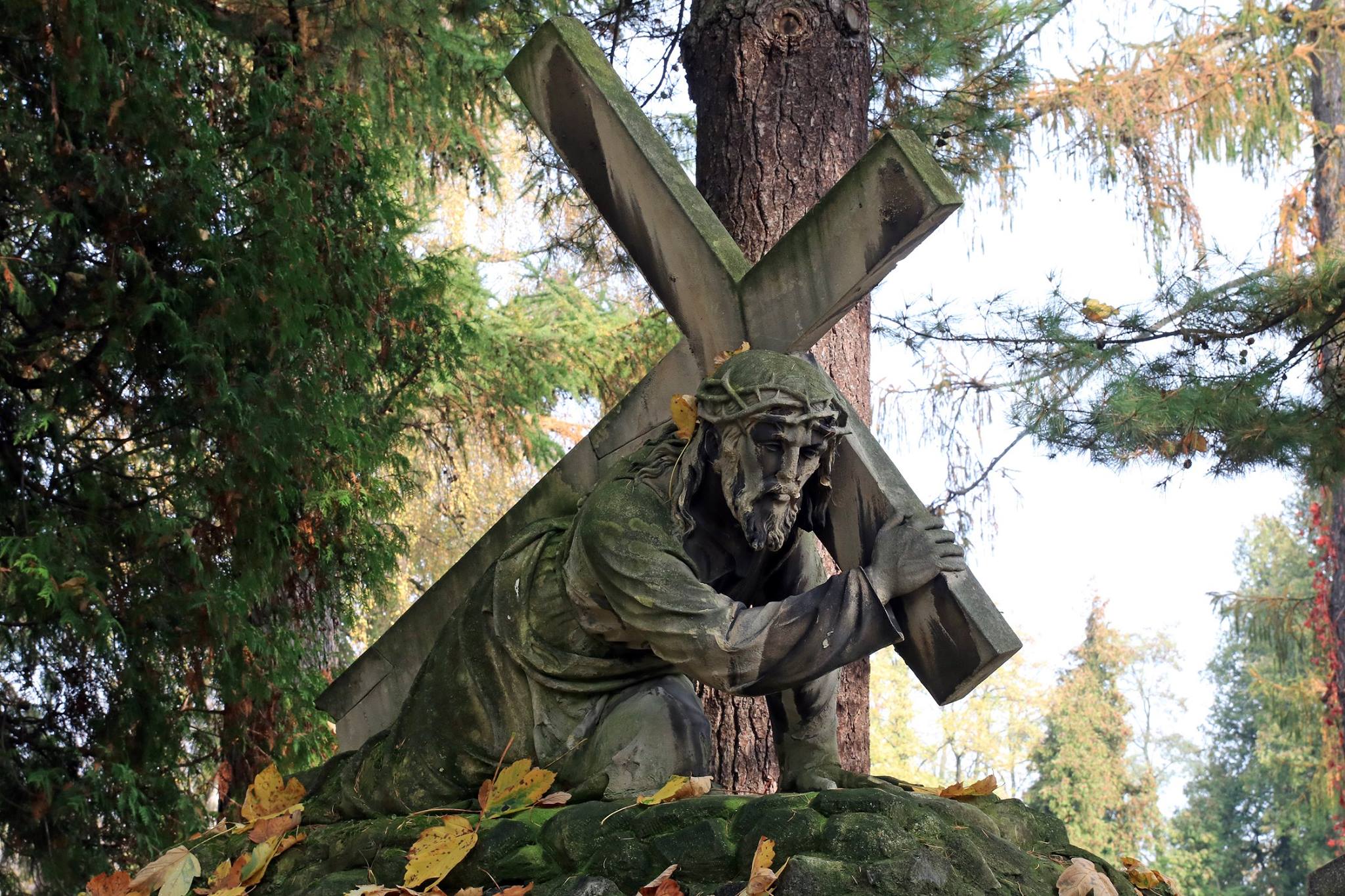
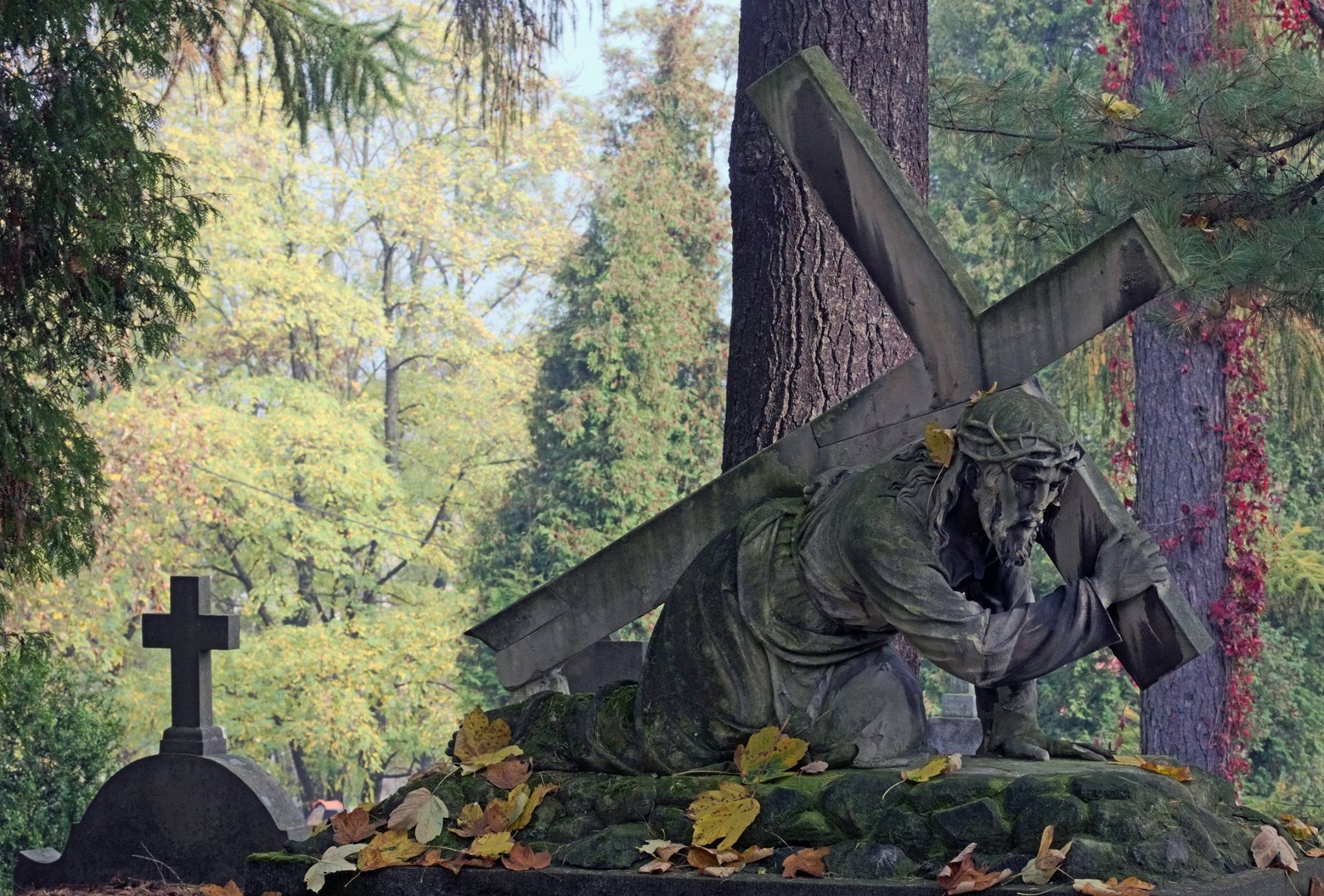
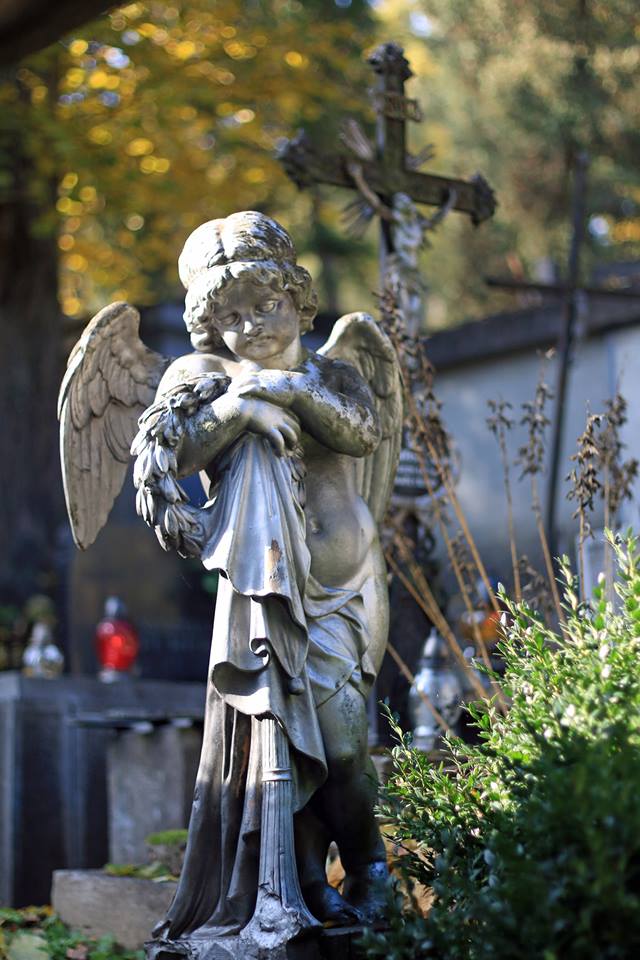
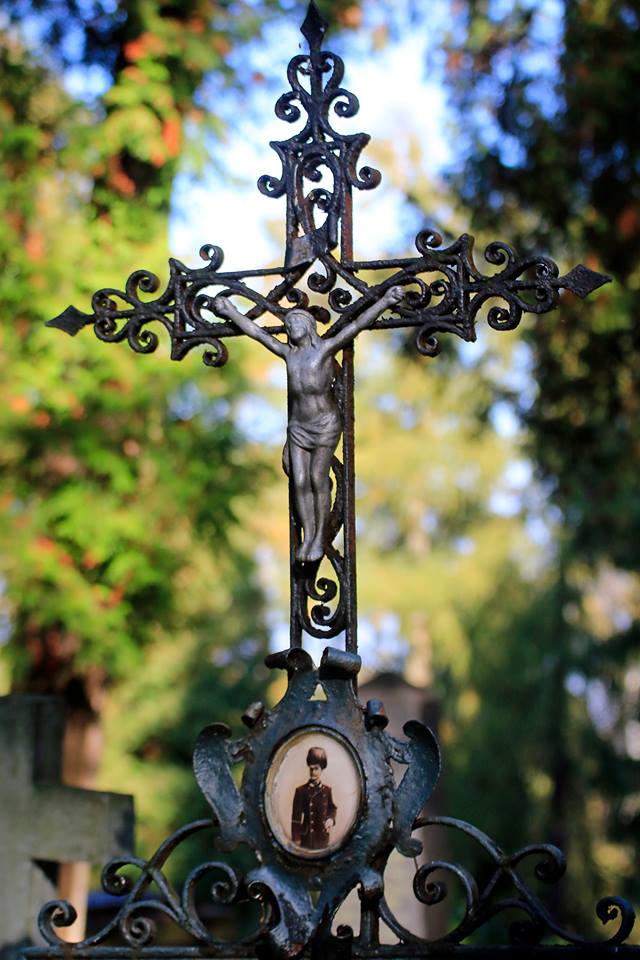
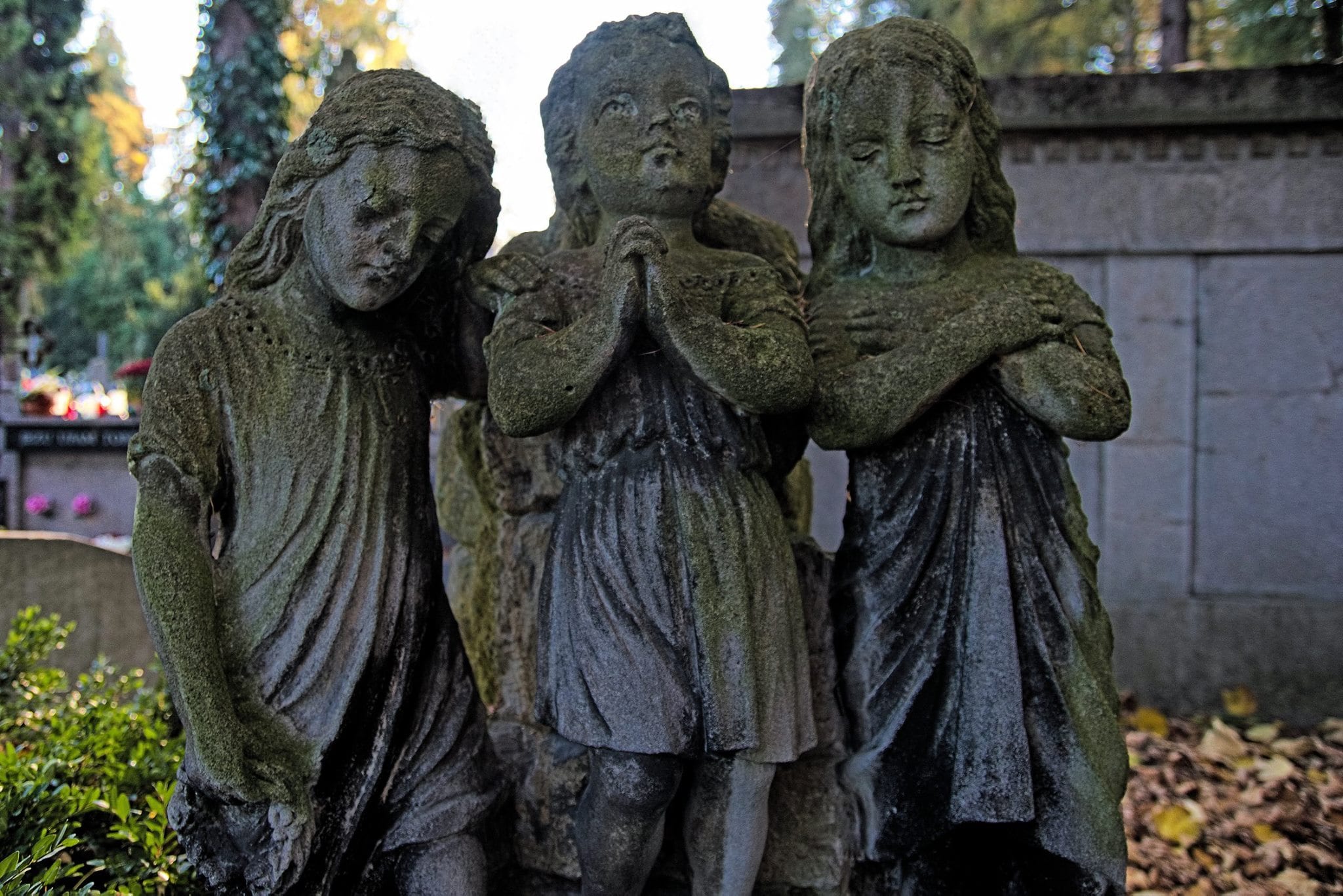
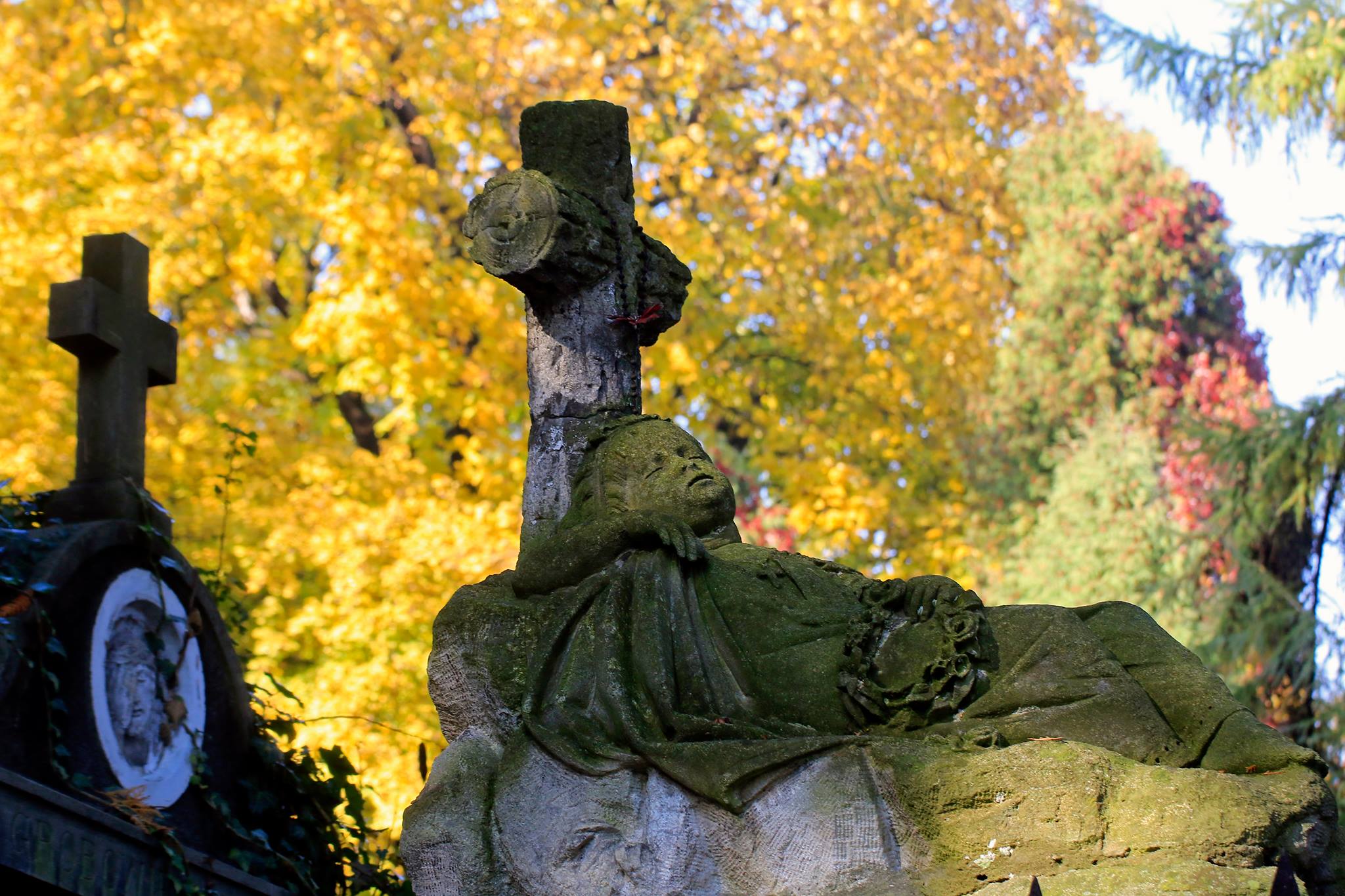
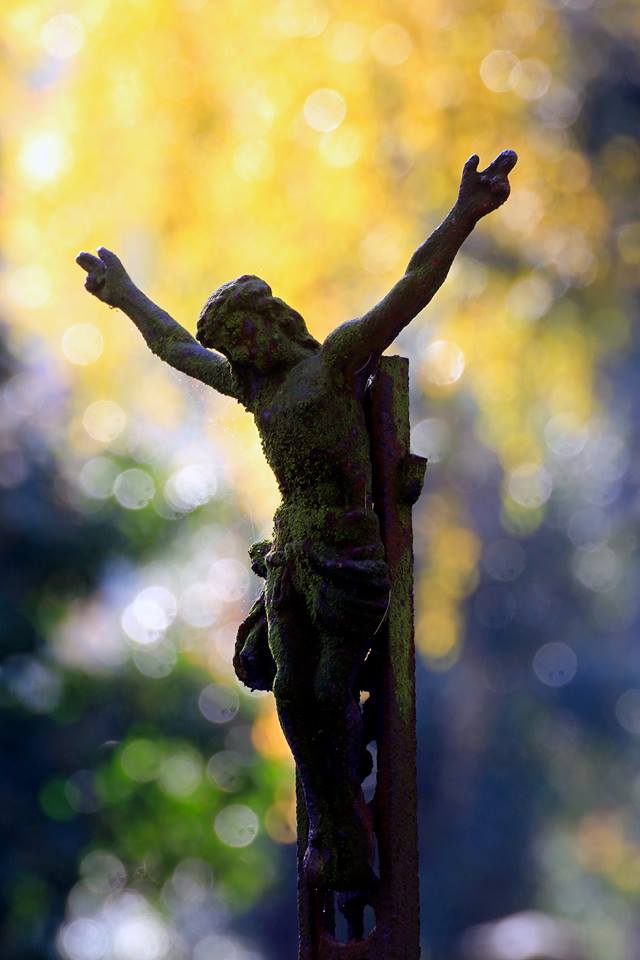
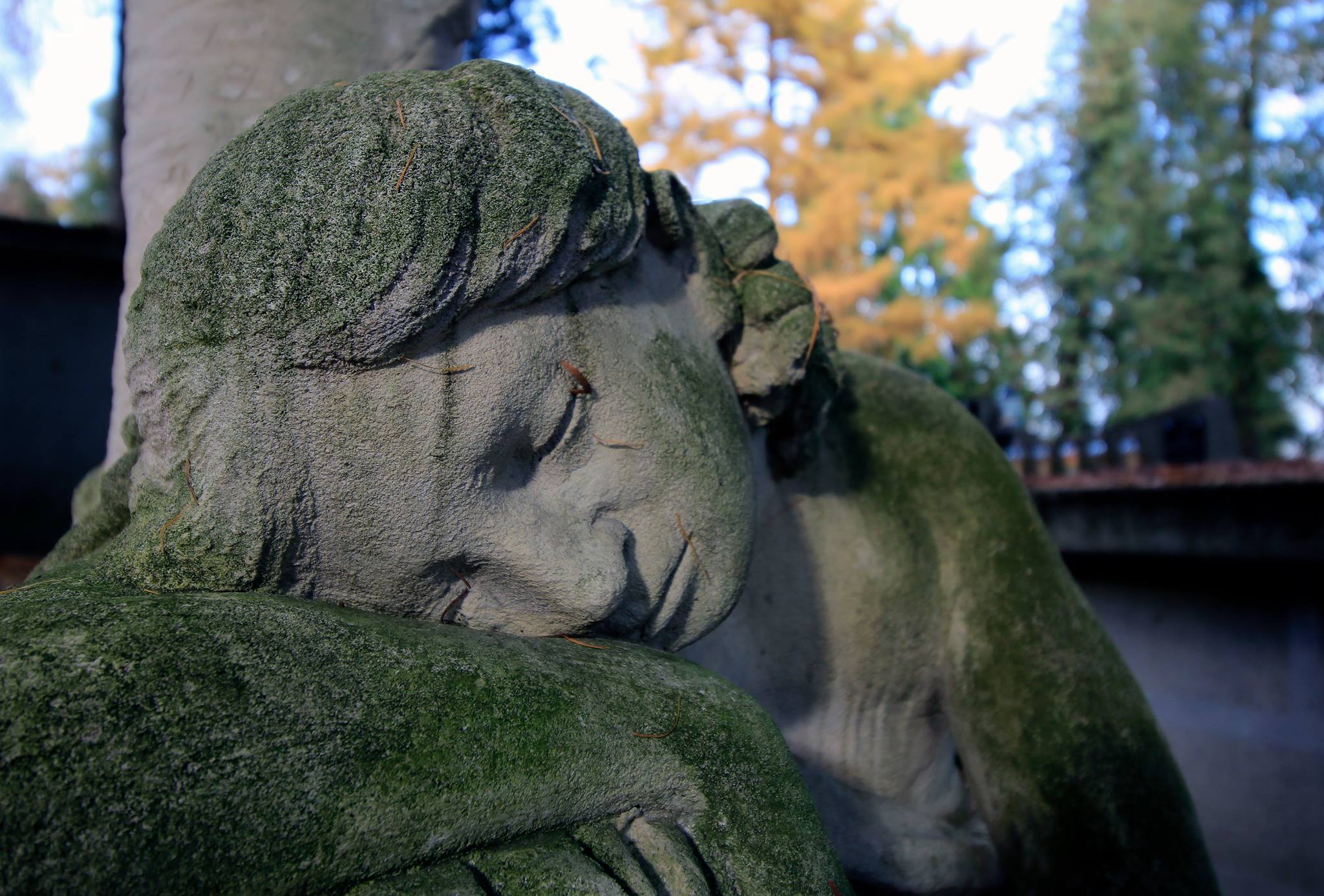

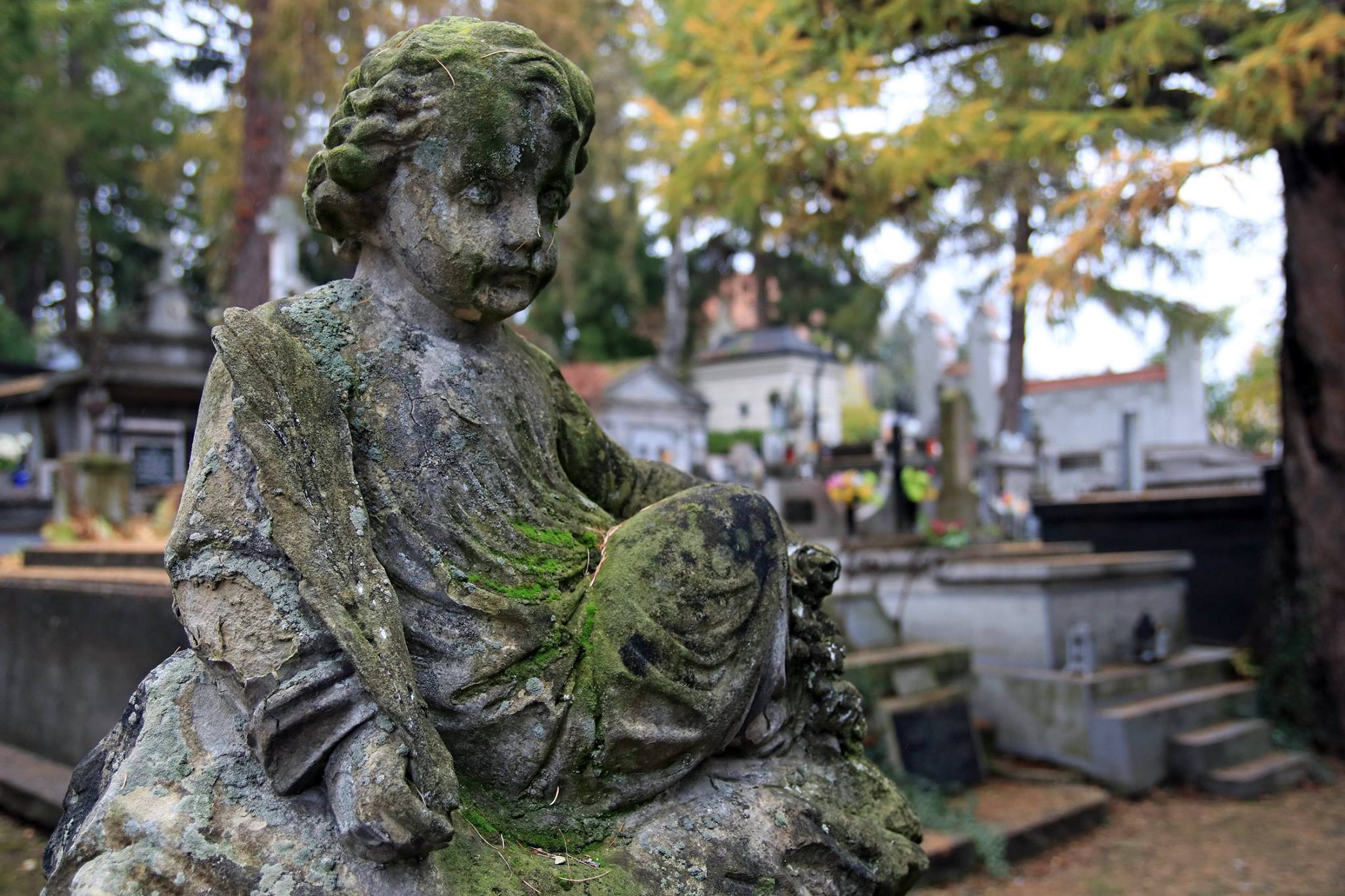
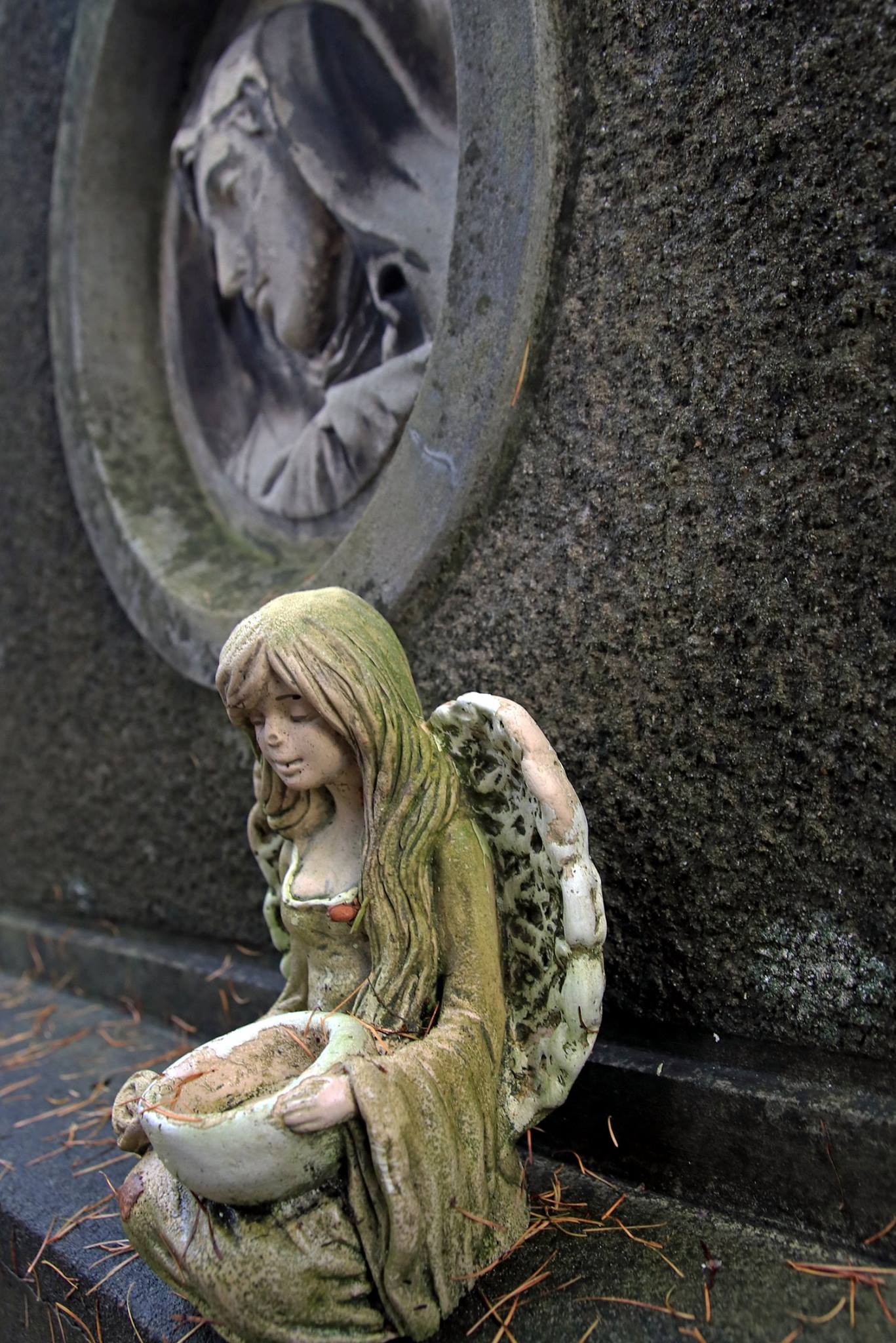
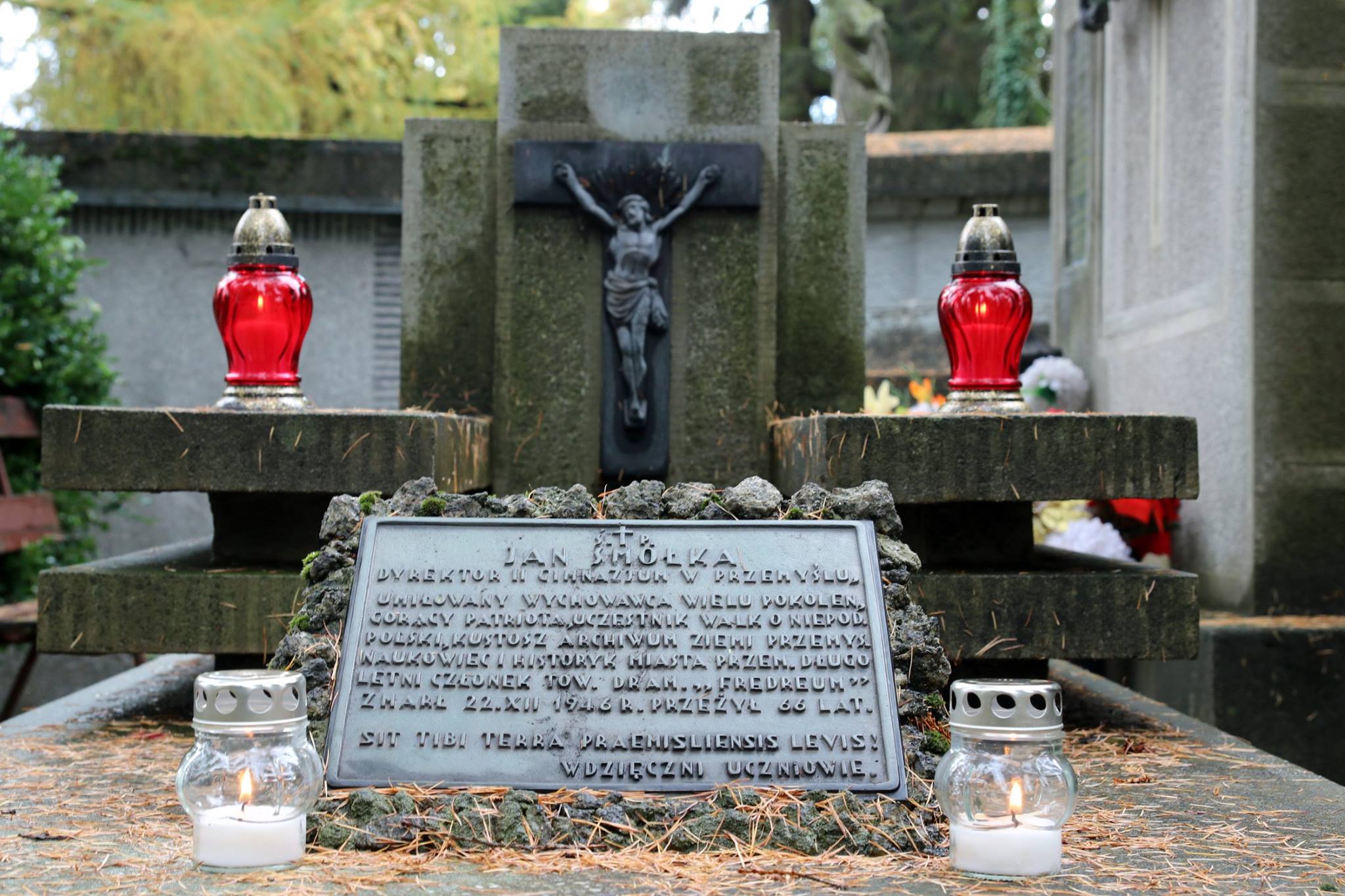
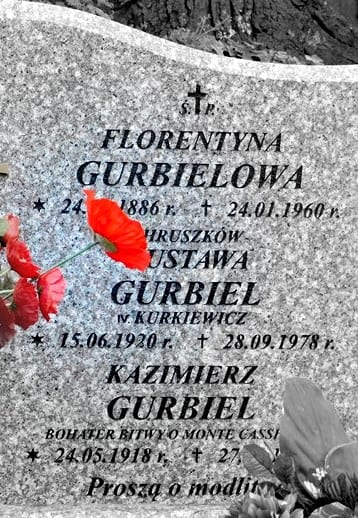
Kazimierz Gurbiel took part in the September campaign. During the fighting near Krakowiec, he was wounded, and then taken prisoner by the Germans, from which he escaped. During an attempt to get to Hungary, he was arrested by the NKVD and sent to a labor camp. In March 1942, he joined the Polish Army under General Anders. He fought on the Italian front as a soldier of the 12th Podolski Lancer Regiment, which was a part of the 2nd Polish Corps. He became famous as a commander of the first patrol that entered the Monte Cassino Abbey on May 18, 1944, and thanks to him the Polish flag was hung on the ruins of the conquered monastery (sewn by another Thinker, platoon sergeant Jan Donocik).
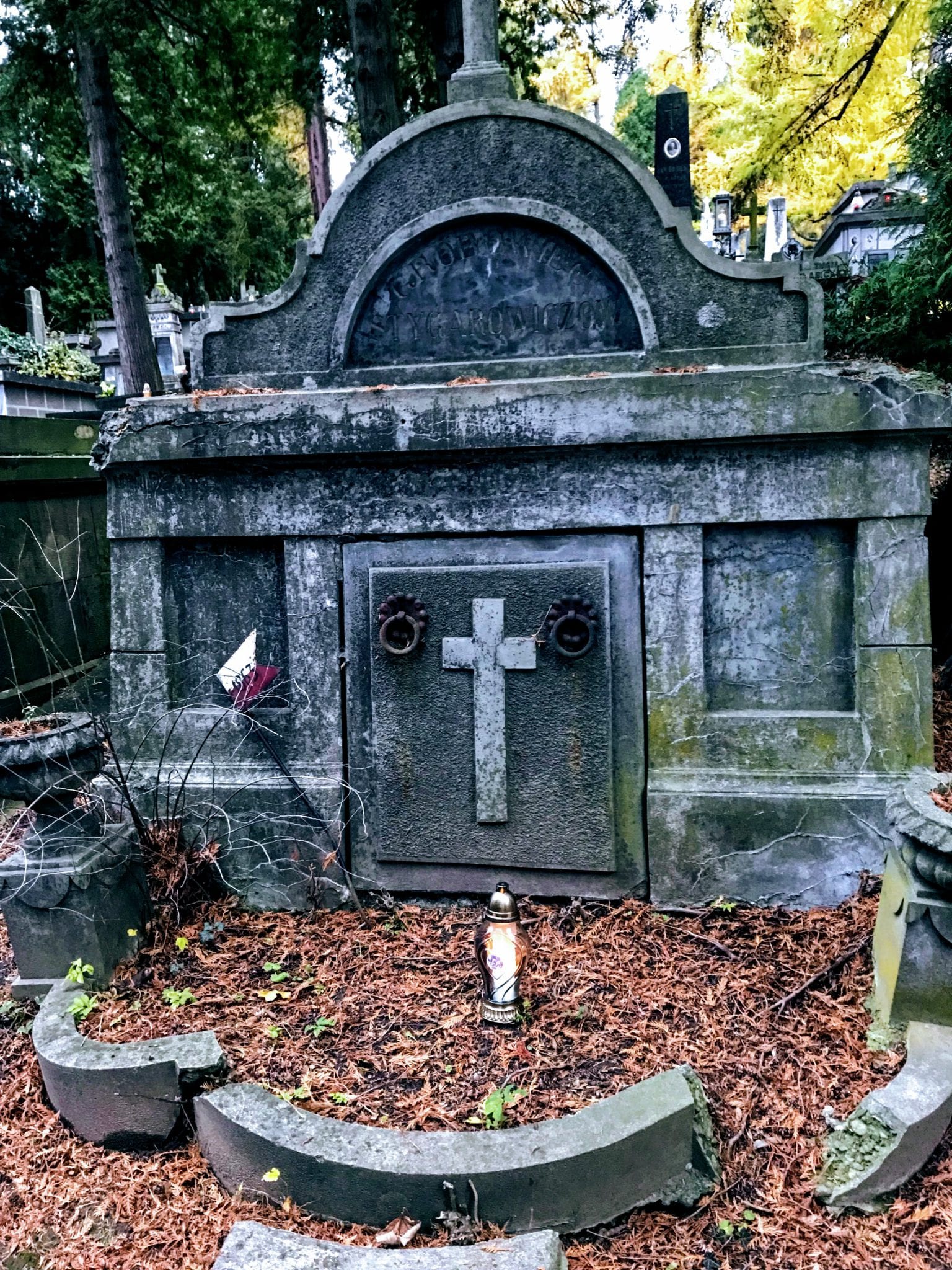

 Cemeteries of January and November insurgents. On the cemetery in Przemysl there are several dozen of them.
Cemeteries of January and November insurgents. On the cemetery in Przemysl there are several dozen of them. The grave of Zbigniew Kuchciński, the first president of TML in Przemysl and the father of the present Marshal of the Sejm. The project was designed by the architect Mieczysław Gębarowicz, an outstanding and big-hearted man. Those were the first years of freedom after communism.
The grave of Zbigniew Kuchciński, the first president of TML in Przemysl and the father of the present Marshal of the Sejm. The project was designed by the architect Mieczysław Gębarowicz, an outstanding and big-hearted man. Those were the first years of freedom after communism.
Tomb of Rev. Ignacy Tokarczuk in the crypts of the Archcathedral of Przemysl - the first Metropolitan of Przemysl, an opponent of communist authorities, builder of several hundred churches during the period of the People's Republic of Poland, knight of the Order of the White Eagle.
Monument commemorating Home Army soldiers - the conspiratorial armed forces of the Polish Underground State during World War II, operating on the territory of the Republic of Poland occupied by Germany and the USSR.
Obelisk dedicated to the fallen Polish Legionaries, which was moved to the Military Cemetery from the Main Cemetery. The inscription on the obelisk reads: To the Fallen Polish Legionaries 1914-1918 on the 70th Anniversary of Regaining Polish Independence. Thanks to the efforts of the Society of Friends of the City and Region this memorial obelisk was saved from destruction, renovated and placed in a new place.
Tomb of the Unknown Soldier - It contains the unnamed remains of a soldier who died in 1918 on the outskirts of Przemyśl during the battle of Nizankowice. The inscription on the slab of the grave reads: To the Unknown Soldier - Compatriots 31 V MCMXXV.
The grave of Wladyslaw Bukowski - Chairman of the City Council in Przemysl, Councillor of the City Council in Przemysl of the 5th, 6th, 7th term, Director of the National Museum of the Przemysl Land.
Cemeteries with ashes from the graves of the participants of the November Uprising and the January Uprising.
Tomb of the Defenders of Przemysl at the Main Cemetery in Słowackiego St. - to the middle school students heroically defending their town against the Ukrainian assault. Monument commemorating the Poles from the Eastern Borderlands murdered by the OUN-UPA - the inscription on the monument reads: ...If I forget about them, you, God... forget about me... In memory of the Poles murdered in 1943-1945 in Volhynia and Eastern Lesser Poland, including those who left their homeland to escape terror and extermination at the hands of the OUN-UPA on the 60th anniversary of this great tragedy - Compatriots, Przemyśl, July 2003.
Sigmund Majger's grave - member of the Founding Committee, chairman. Since October 7, 1980 member of the presidium of the Founding Committee of the NSZZ "Solidarity" South-Eastern Region, co-organizer and member of the Provisional Regional Commission/RKW of the South-Eastern Region, responsible for contacts with secret company committees, distributor and printer of the underground magazine "Busola"; co-organizer of assistance to the repressed and their families. Co-organizer of meetings and lectures in churches in Przemyśl and Krasiczyn (among others Andrzej Stelmachowski, Władysław Siła-Nowicki, Maria Jablonska-Deptuła); co-organizer and participant in rallies and demonstrations on the occasion of May 3 and November 11, leaflet actions, masses for the Homeland, mass on the 13th of every month and on the anniversaries of the death of Father Jerzy Popieluszko. Co-organizer of a trip to Warsaw to the grave of Fr. J. Popieluszko, Pilgrimages of working people to Jasna Góra; associate of Solidarity RI in the Przemyśl region. Zygmunt Majgier was repeatedly detained and interrogated, fined by misdemeanor colleges, subjected to searches; his driver's license was confiscated (making gainful employment impossible), tires in his car were punctured. In 1989, member of the KO of the Przemyśl province. In 1990, initiator, founding member of the Przemyśl Association of the Friends of Mościs and Eastern Borderlands. Since 1995 in ROP, co-founder of branch in Przemyśl (Ogniwo Przemyśl), since 2002 chairman. ROP there. Since 1995 participant in the Light-Life Movement. 1998-2002 Przemyśl City Councilman from the list of the Patriotic Fatherland Movement, 2002-2006 from the list of Przemyśl Together. Grave of Leonard Tarnawski - MP, lawyer, social activist, politician, co-founder of the March Constitution. Second lieutenant, veteran of the January Uprising.
Grave of Marian Stroński - an outstanding painter, for his lifetime work honored with the Knight's Cross of the Order of Polonia Restituta.
The grave of Rev. Stanislaw Krzywinski, a pastor, a friend of Solidarity, an unwavering supporter of the democratic opposition.
Grave of Ryszard Siwiec - a philosophy graduate and Home Army soldier who, in protest against the invasion of Czechoslovakia, immolated himself on September 8, 1968 during the national harvest festival at the 10th-Anniversary Stadium in Warsaw in the presence of the leaders of the Polish United Workers' Party, diplomats, and 100,000 spectators.
Grave of Major Władysław Koby - The grave of Stanislaw Baran - Polish trade union activist, member of the parliament of the first term.
Grave of Andrzej Tadeusz Mazurkiewicz - lawyer and politician, member of Sejm of the first term, senator of the fourth, sixth and seventh term.
Tomb of Stanisław Sudoł - In 1978 he was a Home Army soldier; a representative of Przemyśl in the Council of the Civic Initiative Group; after the split in ROPCiO, a collaborator of the Workers' Defence Committee (KSS KOR); a distributor of independent periodicals of the agricultural circles in Przemyśl, imported from Warsaw by Wiesław Kęcik; in 1978 an activist of the Peasants' Self-Defense Committee of the Rzeszów Land; a participant of peasants' opposition meetings in Wola Zarczycka; on 4 August 1979 a co-founder of the Przemysl Committee for the Self-Defense of Believing People.
